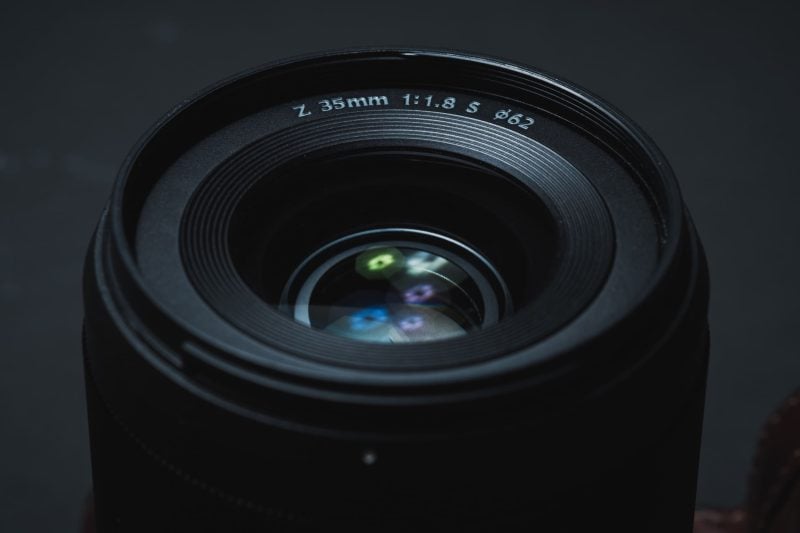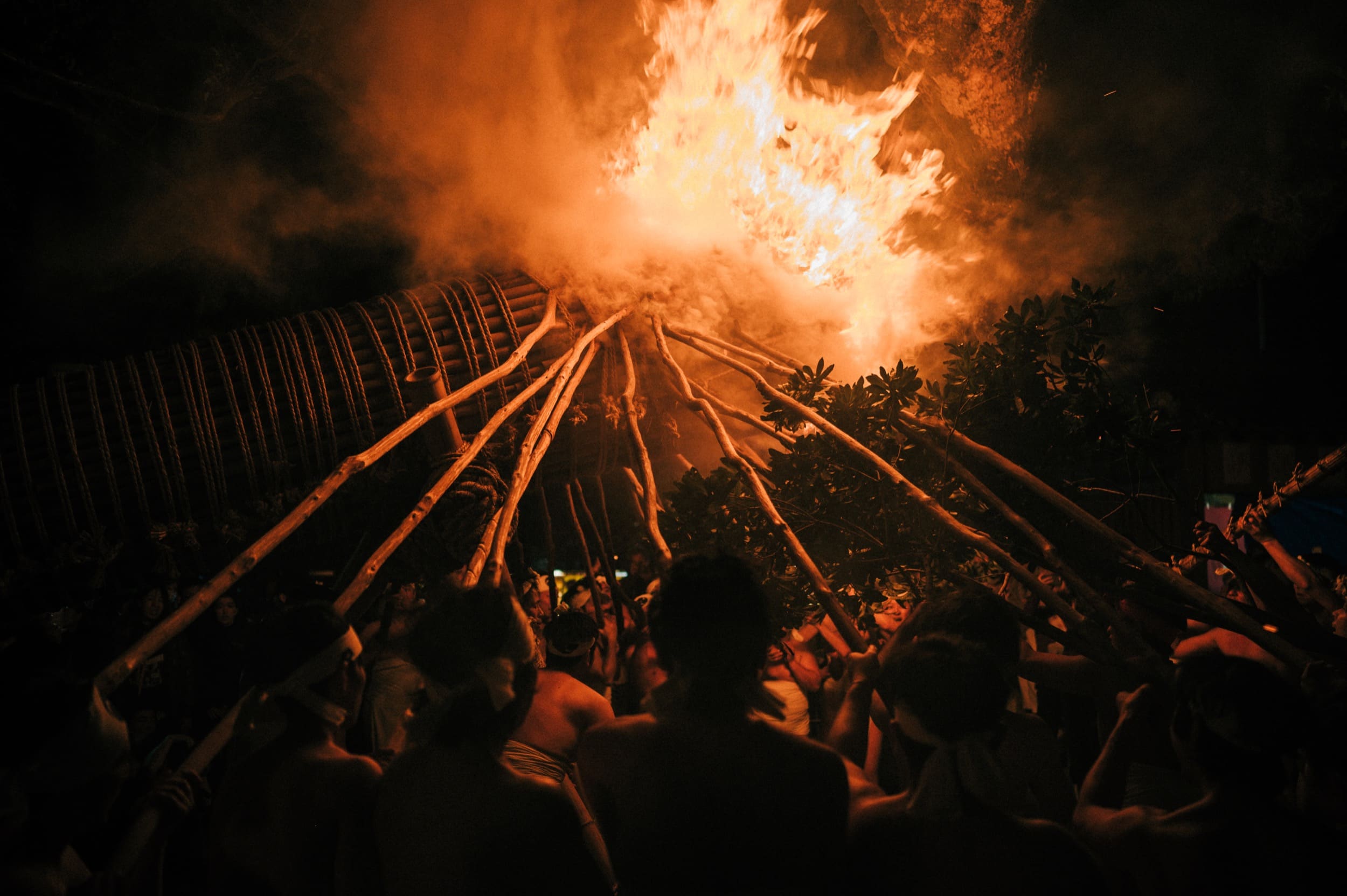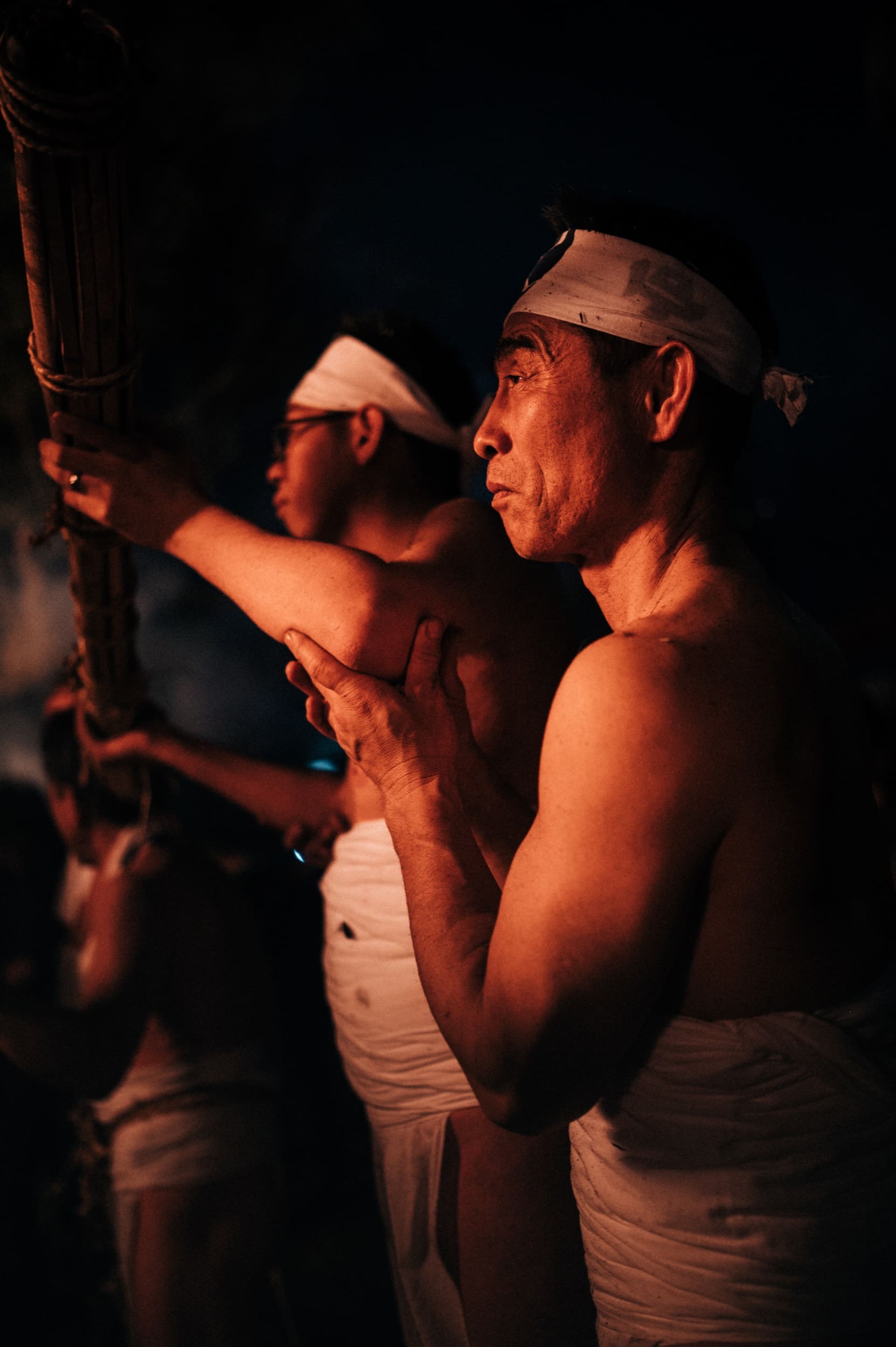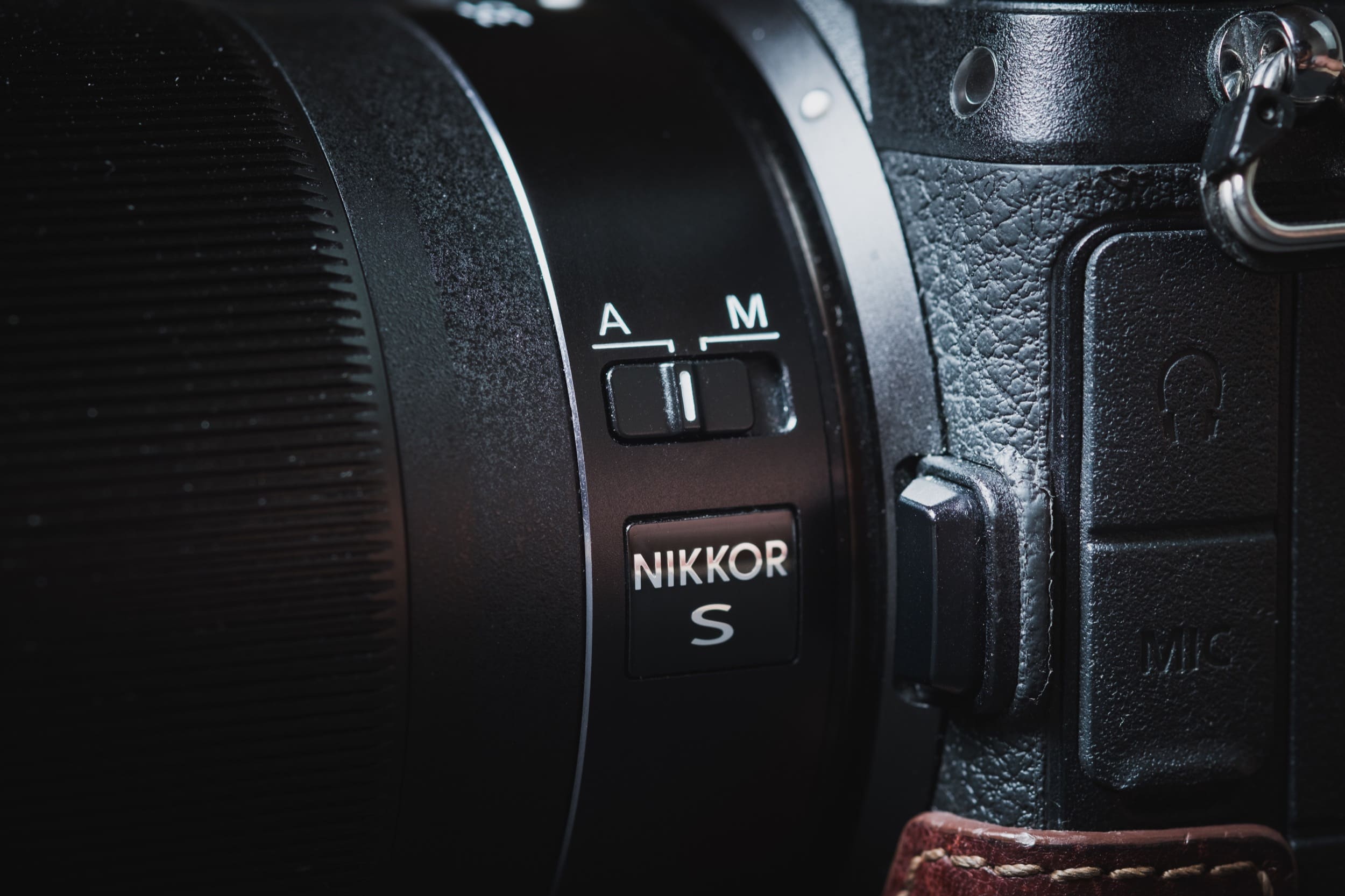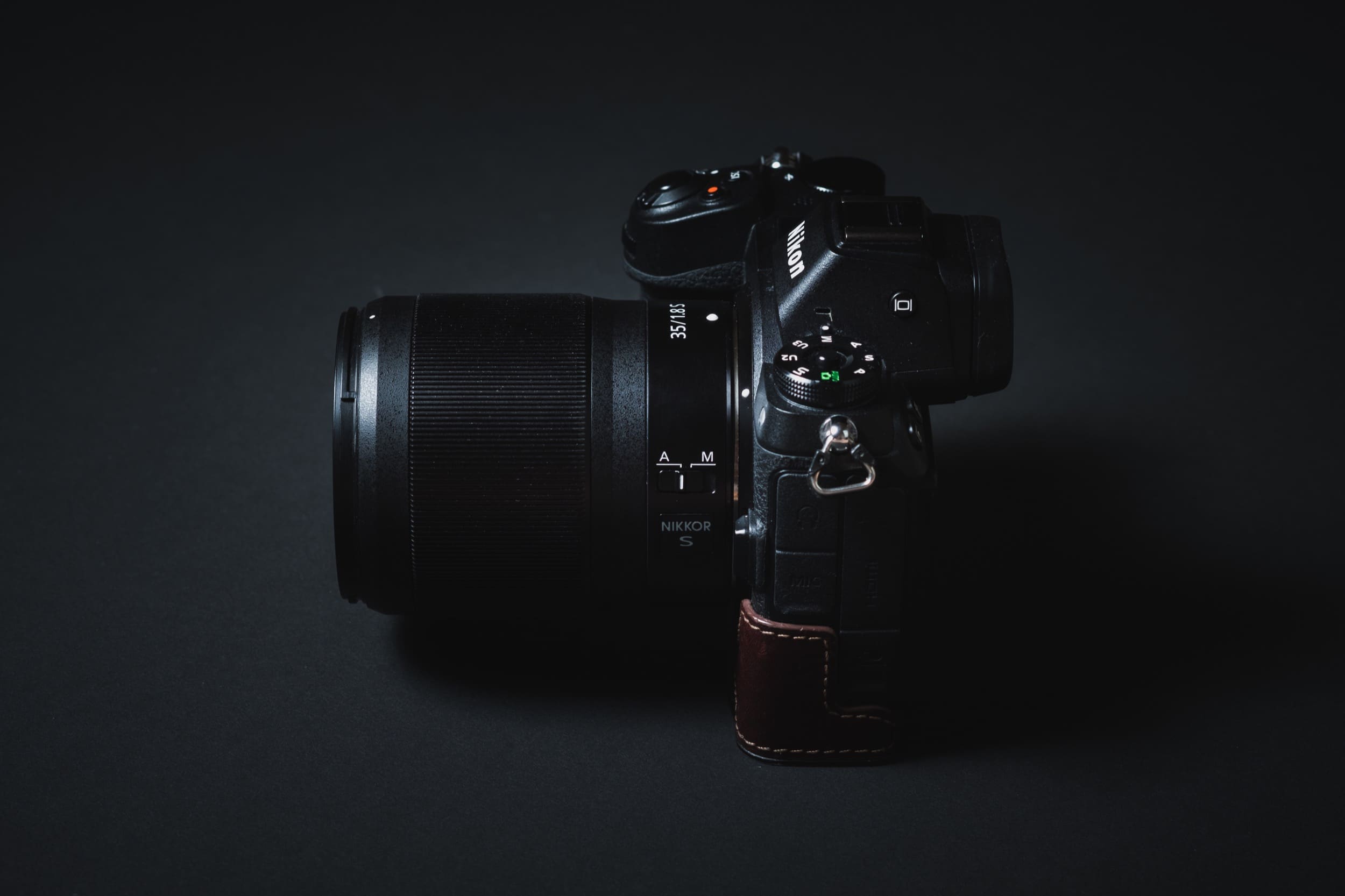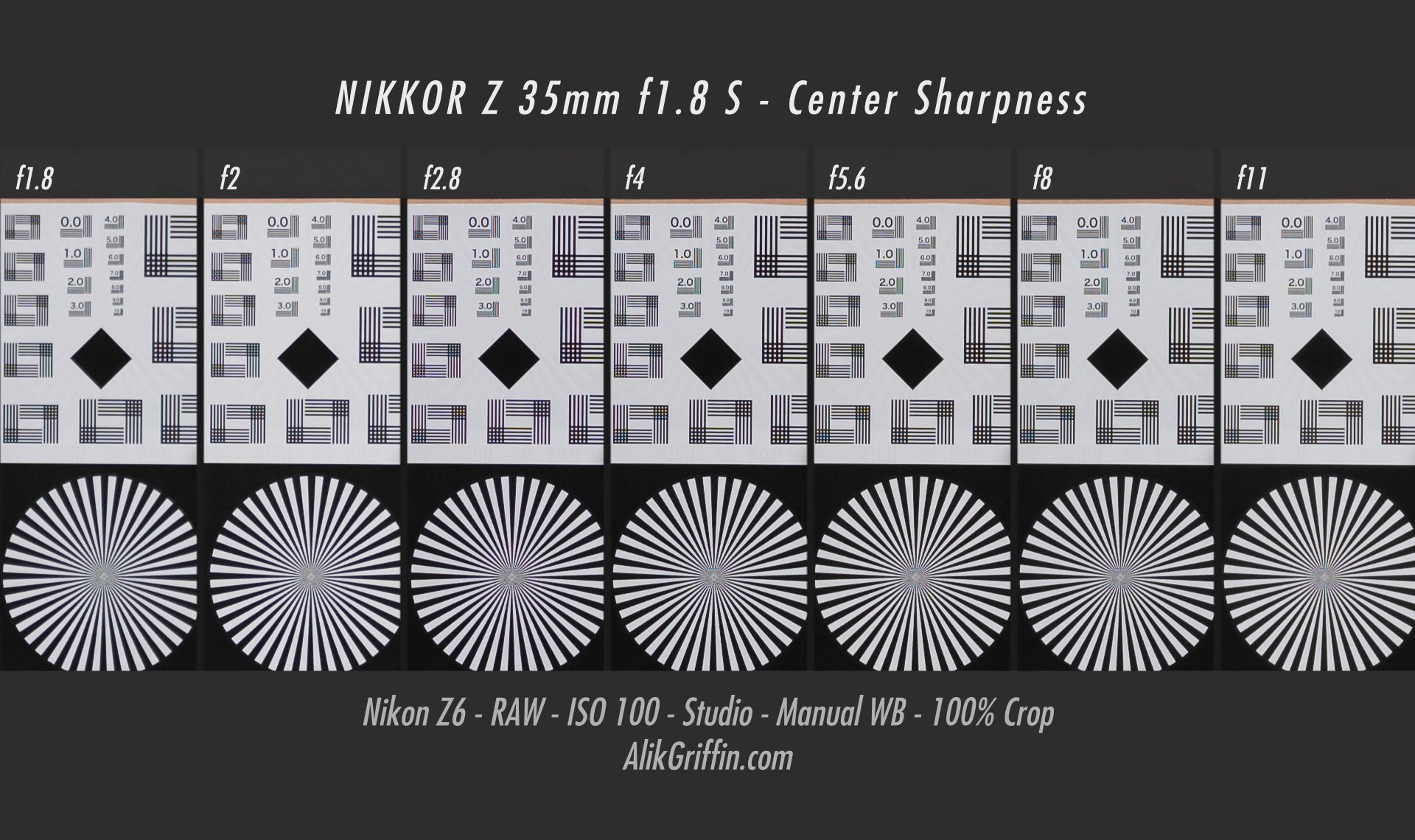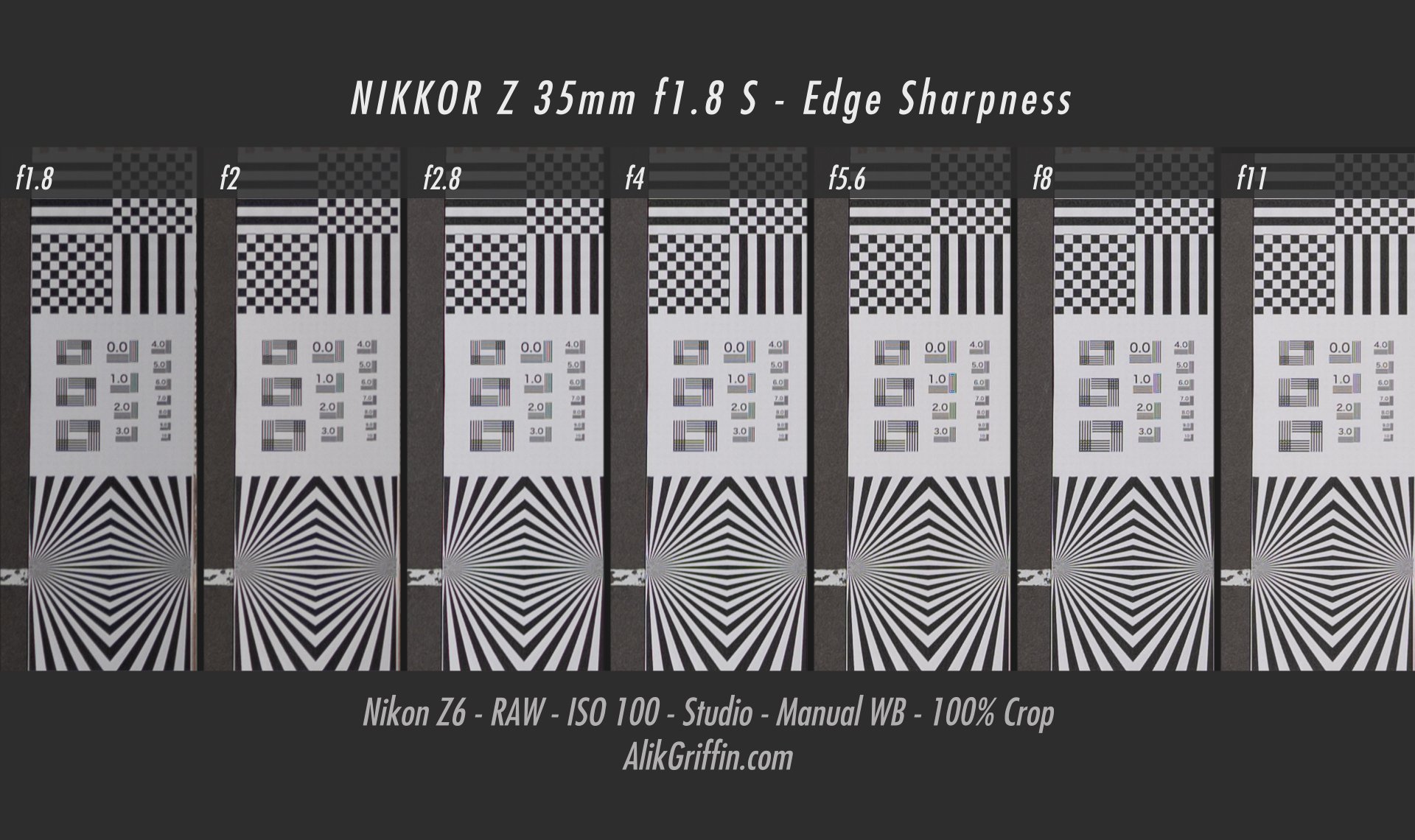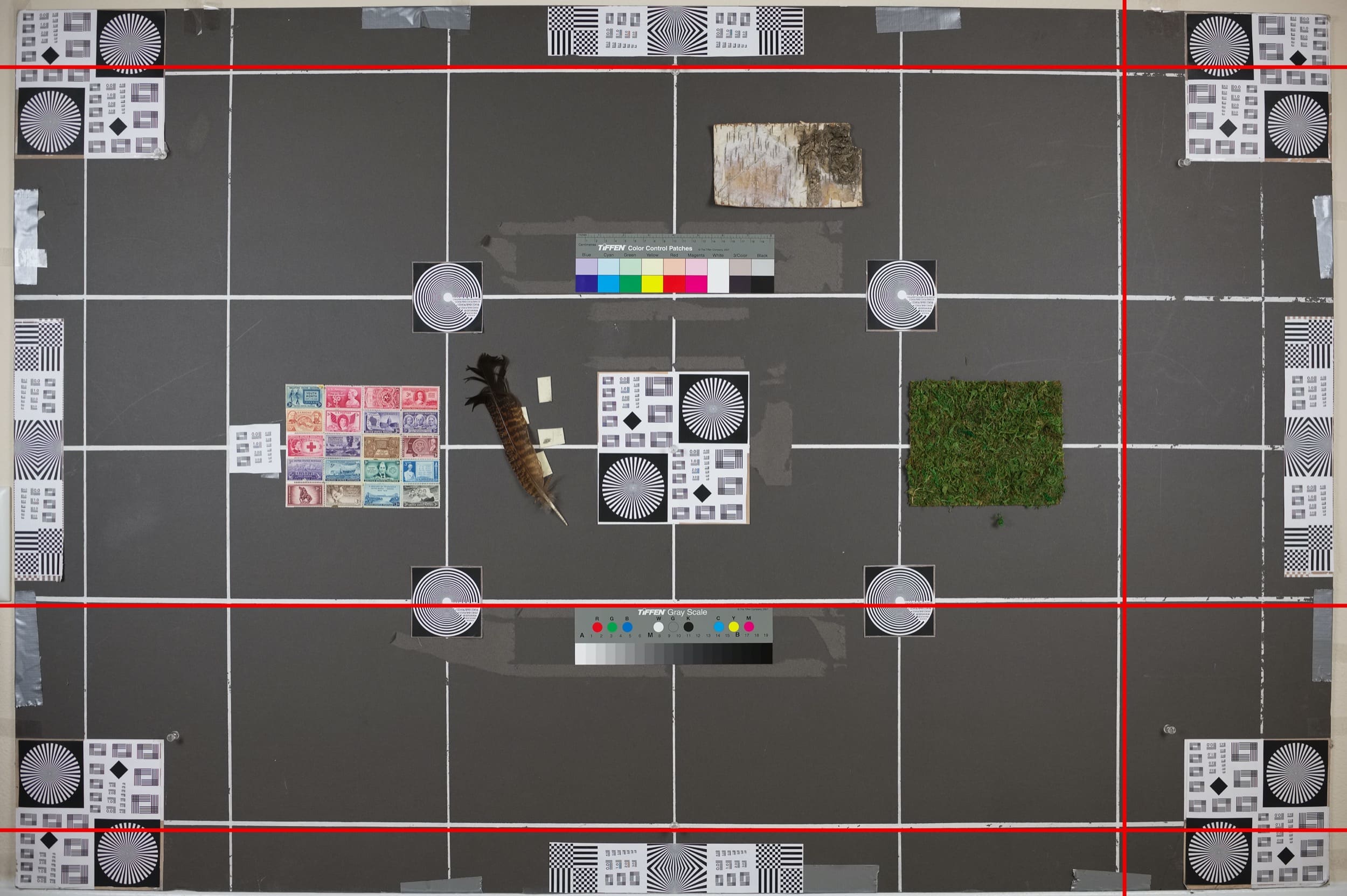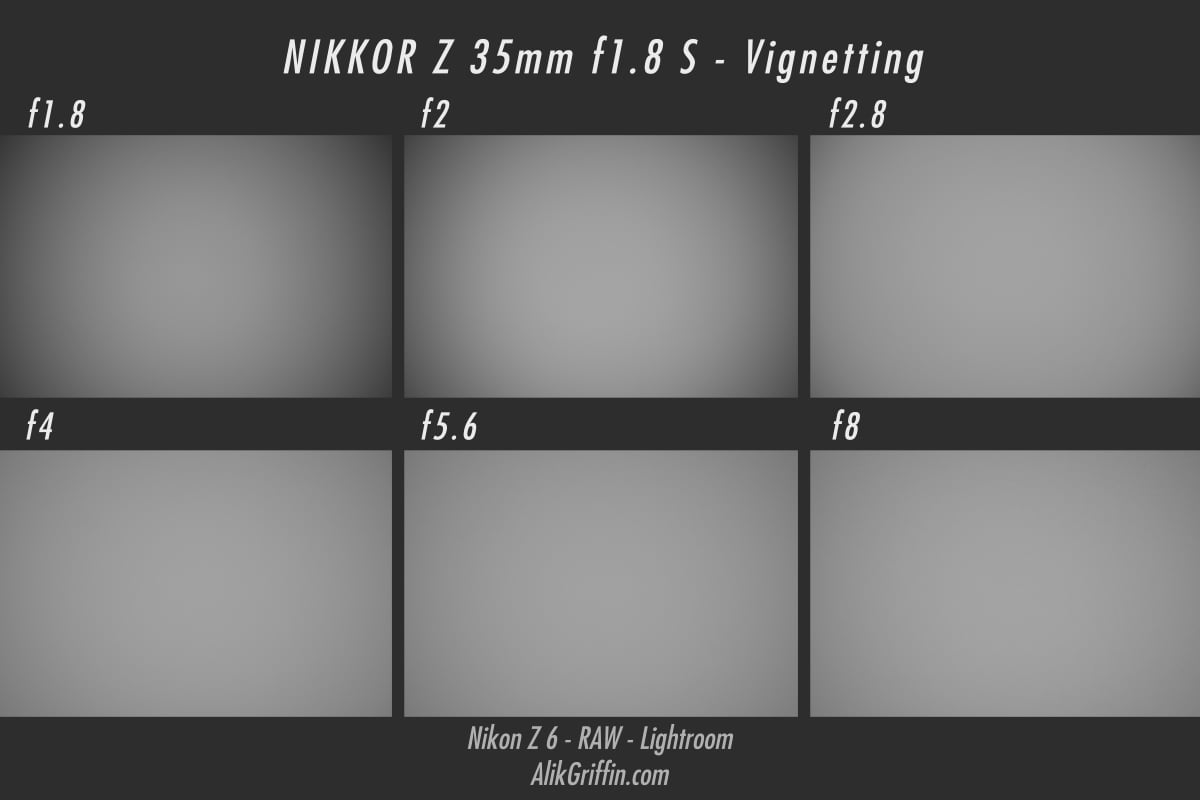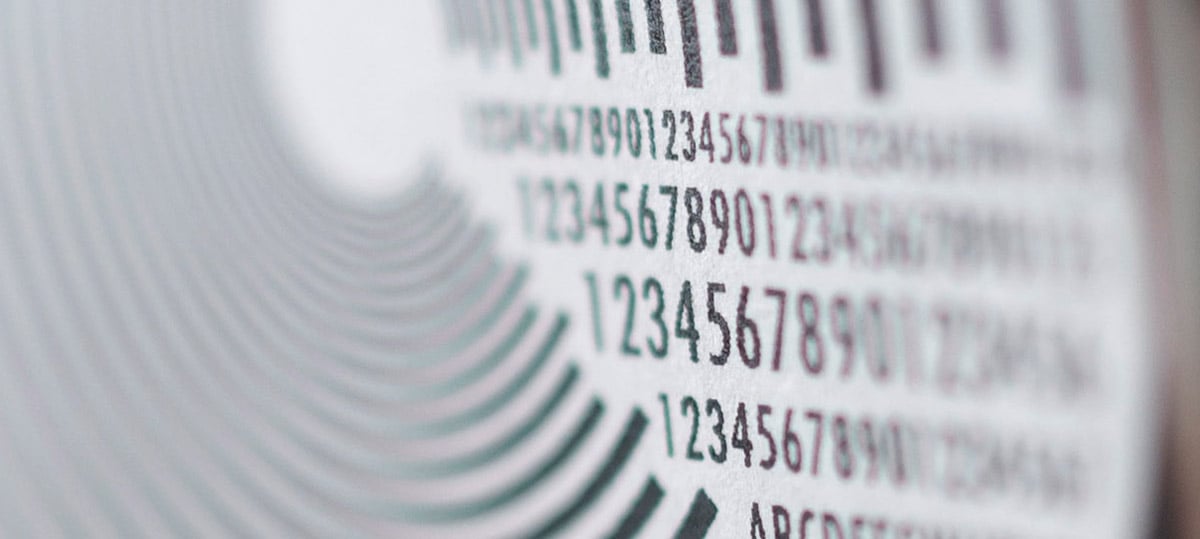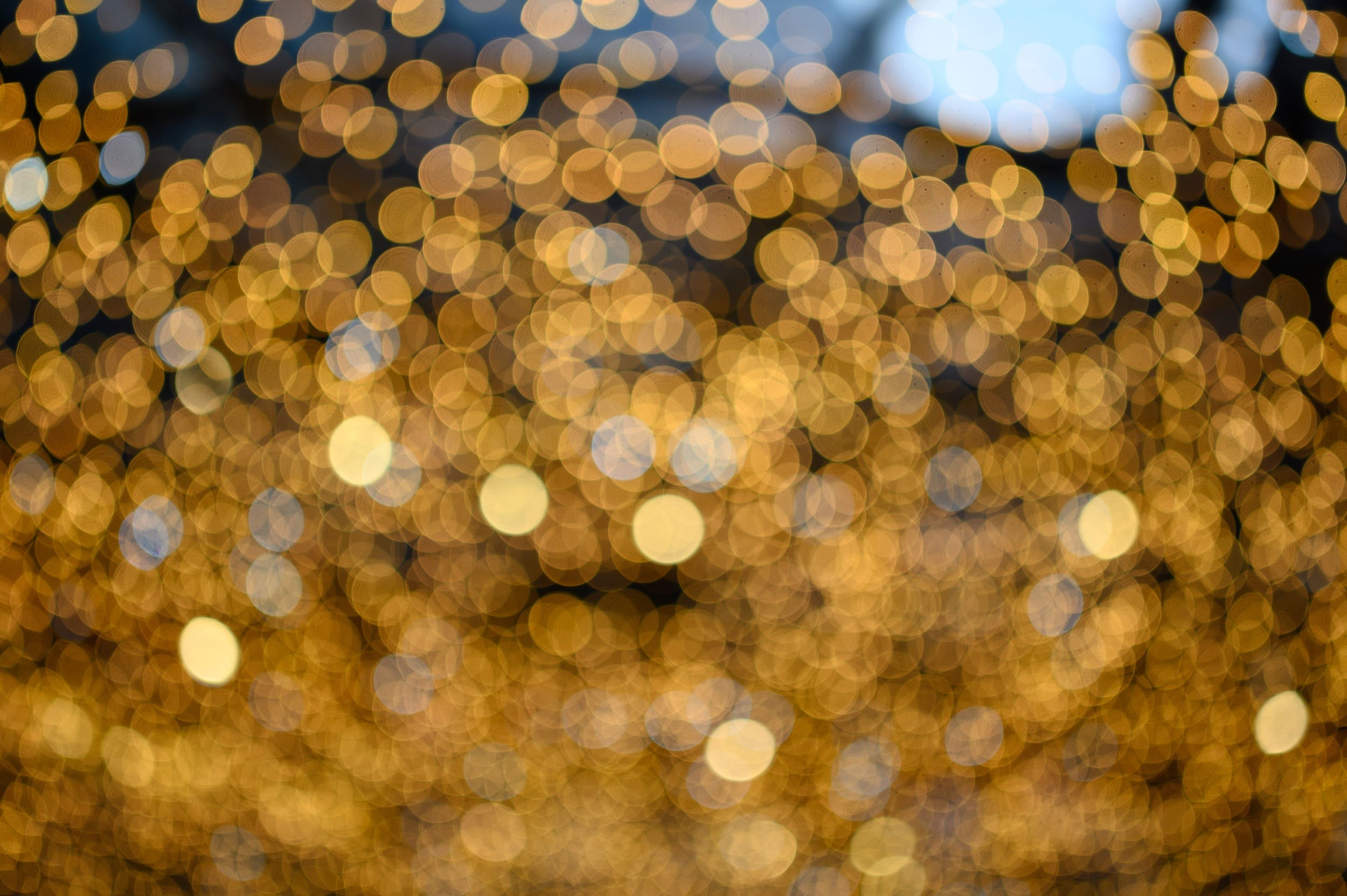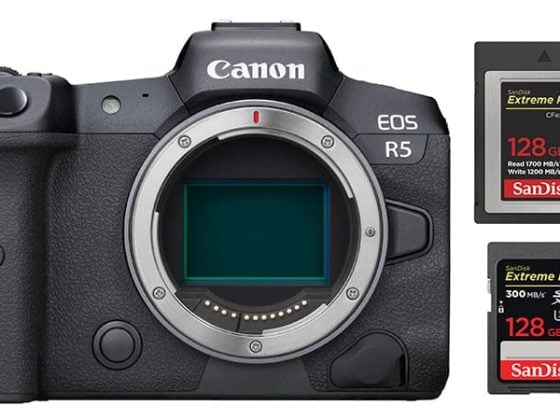The Nikon Z 35mm f1.8 S features a partly aluminum and plastic construction, combined with dust and weather-resistant design as well as a bright f1.8 aperture, that all come together to make this one of the best do-it-all lenses for travel or daily use.
This 35mm also features a nearly silent stepping motor and internal focusing system with practically no focus breathing which is great for videography as well.
Overall the Nikkor Z 35mm f1.8 strikes a delicate balance between form and function and delivers amazing results in any situation.
Table Of Contents
Lens Specs
| Focal Length: 35mm Aperture: f1.8 – f16 Aperture Blade: 9 Rounded Optical Design: 11 Elements in 9 Groups Elements: 2 ED / 3 Aspherical Coatings: Nano Crystal & Super Integrated Coatings Autofocus: Stepping Motor, Internal VR: No Weather-Sealed: Yes Minimum Focus Distance: 9.84″ / 25 cm Filter Threads: 62mm Weight: 13.05 oz / 370 g |
Pros – Sharp, very smooth focus falloff, no focus breathing, great contrast, great color rendering, great bokeh, fast autofocus.
Cons – Some CA in the corners with some fringing in the bokeh in high contrast situations, some vignetting wide open, not a lot of micro-contrast, a little big compared to other f1.8 lenses.
Notes: Nikon could have probably made a better lens, in terms of perfecting the image quality, but it likely would have had to be much bigger and heavier. After using the lens for quite some time now, the balance between the artistic characteristics, size, weight, and image quality is pretty impressive. I highly recommend it if you need a do-it-all fairly small and fairly lightweight 35mm lens. I use it for everything and its close-focusing abilities are great for product shots and when shooting video.
It’s very hard to find flaws with this lens when it comes to daily shooting but when put under some stress testing there is some fringing and textured bokeh that can be seen.
Check Price
Nikon Z 35mm f1.8 S – Amazon / Adorama / B&H
List of all lenses for Nikon Z mount
Nikkor Z 35mm f1.8 S First Impressions
I picked this lens up in late 2019 when it was on sale. It’s a bit on the expensive side, at its regular list price, but the performance and overall package are pretty impressive. The lens is just great for everything, street, landscape, family, and lifestyle. I’ve used it in the rain, at the ocean shooting beach photography, with my kids, and on the streets and nothing has yet to challenge the lens for multi-use.
When talking about the Z 35mm f1.8, we sort of need to look at this lens for what it is – a very high-quality f1.8 lens. This is not some cheap 35 f1.8 like we’ve had in the past from Nikon and Canon, and I think a lot of DSLR shooters are still confused by what Nikon is doing here.
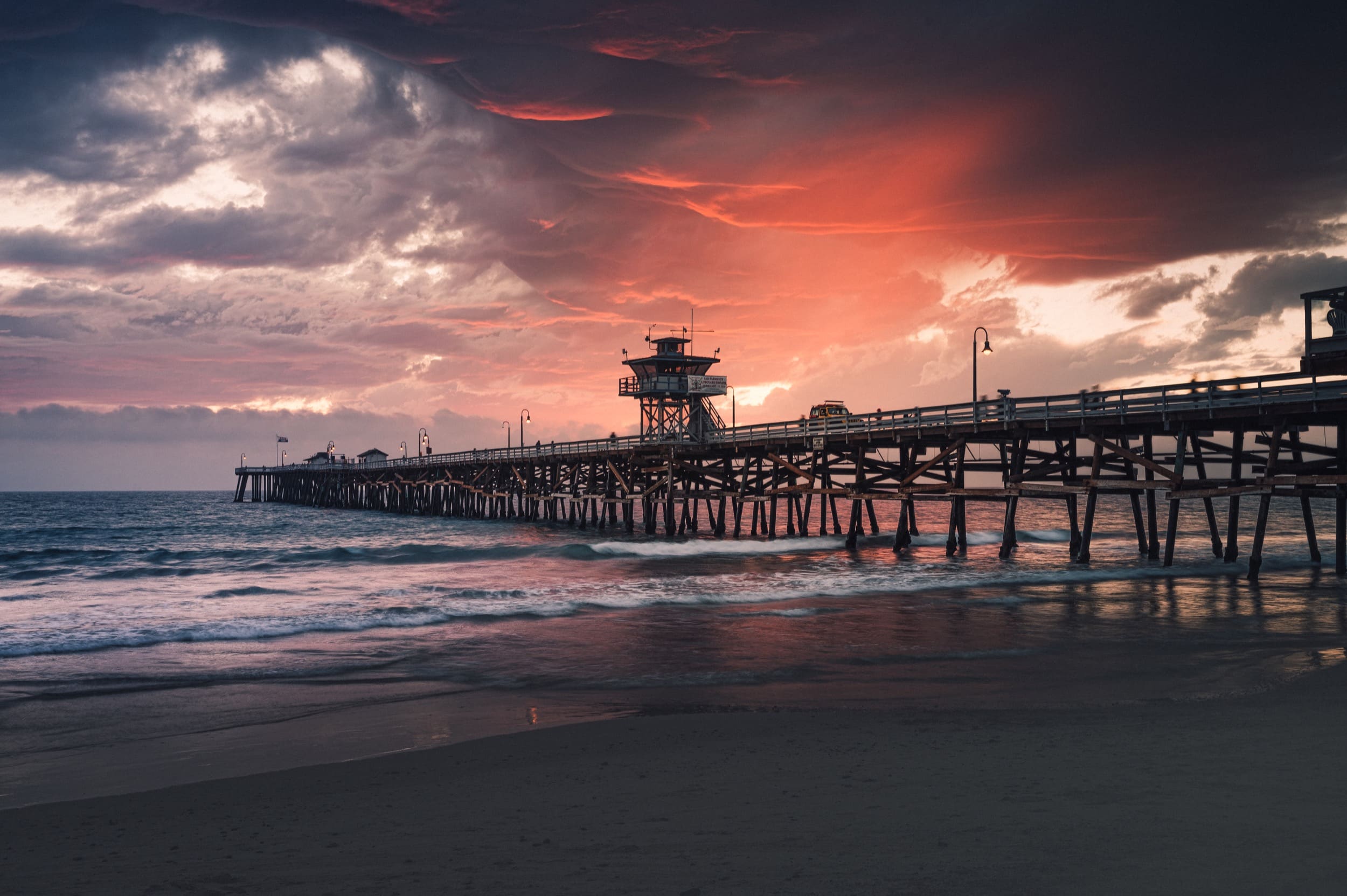
f1.8 lenses are now considered amateur or enthusiast-focused cheap lenses and even Canon is still doing that with their RF system. Sony has a few great 35mm lenses now but, so far, none of them can match the overall performance of what this lens offers, which I’ve seen anyway. The new Sony 35mm f1.8 is a touch smaller and lighter than this lens and it might be a little more manageable for the full-time street shooter.
For a do-it-all 35mm lens, the Nikon Z 35mm f1.8 S might be the lens to beat right now in terms of raw performance, though the Sony 35mm f1.8 looks like a solid contender. Both lenses have an internal focus design, and both have no issues with focus breathing.

For me personally, and the way I shoot, I don’t usually need anything faster than f1.8 at this focal length. On a full-frame camera, it produces a very acceptable and shallow depth of field. I would probably be just as happy with an even smaller 35mm that’s an f2 and less expensive, but it looks like Nikon is pushing the limits of what you can shoot outdoors in daylight with that 1/8000 shutter speed without needing an ND filter.
Of the three Z prime lenses I have now, the 35mm f1.8, the 50mm f1.8, and the 85mm f1.8, the 35mm is probably the lens that’s on my camera the most. This is great for indoor shooting, or traveling around with kids and family and then I throw on my 50 or 85 when I want to plan or shoot something specific.
The 35mm focal length is incredibly versatile. There is a reason some of the greatest candid photographers, ie; David Alan Harvey or Bill Cunningham, have heralded this length for street and documentary photography. It gives you that in-between length that can still capture the feeling as well as the story without being too wide or too close. Sometimes, the lens can be a little wide for video, but the Nikon Z6 also shoots great video in the DX crop mode which gives you a 50mm field of view. Yes, I use the DX crop mode for video all the time because it allows me to get two different focal lengths out of the same lens and nobody can tell the difference. As someone who shoots APS-C half the time, I definitely don’t mind taking advantage of the super 35mm modes of our full-frame cameras.
Nikkor Z 35mm f1.8 S Build Quality
I love the build quality of these Nikkor Z lenses. Am I the only one? – I’m not sure. But I love the feel of the Z lenses overall. Every time I pick up the Z6 with these lenses it just makes me excited to shoot. The whole system is just so balanced and solid. Not too heavy and not too light but always premium feeling in my hand. I’m also glad the 35mm looks great without the lens hood since I don’t like using hoods when shooting street photography. Unfortunately, I can’t say the same about the Z 20mm and 24mm lenses look a little weird without the hoods with the way they flair out.
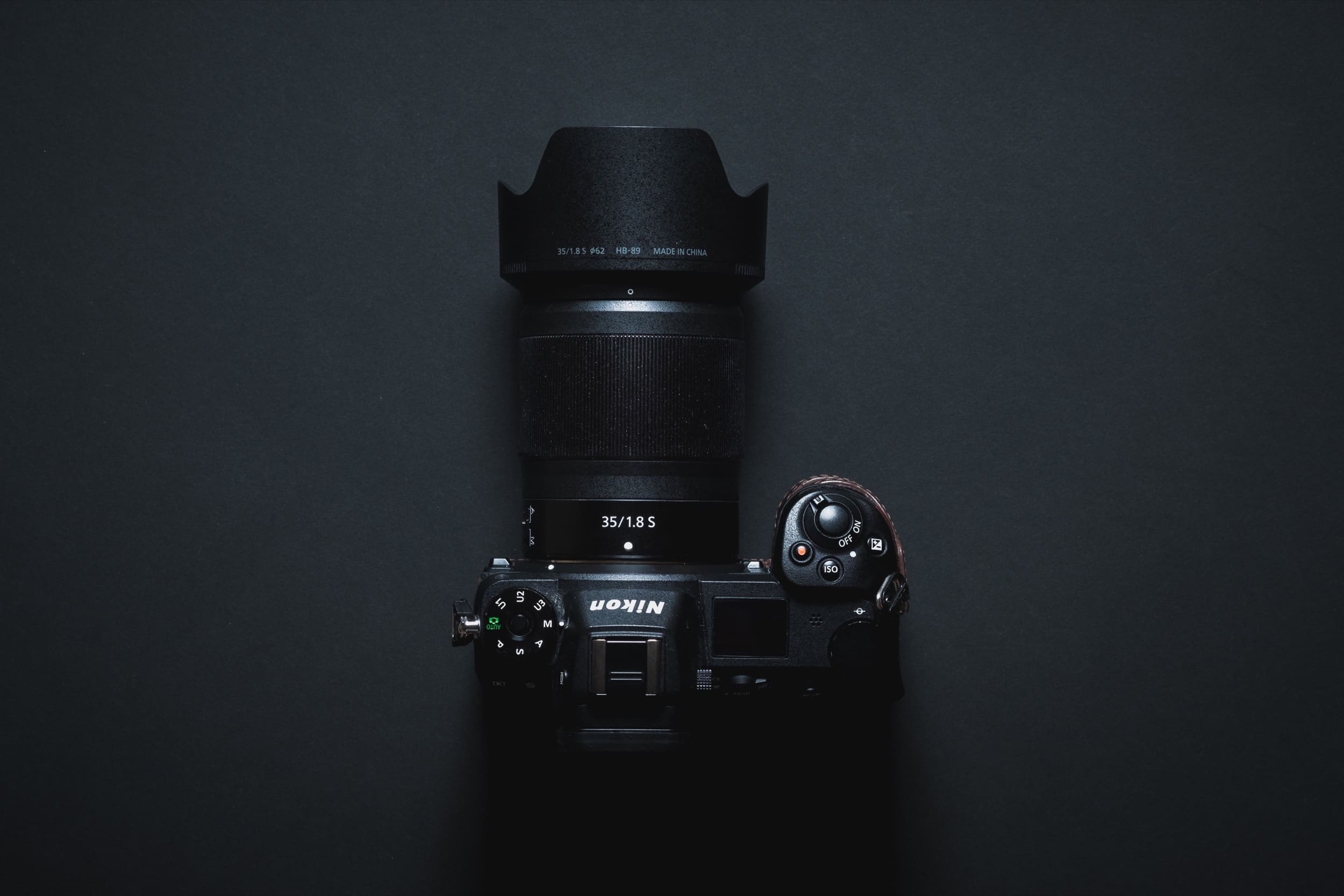
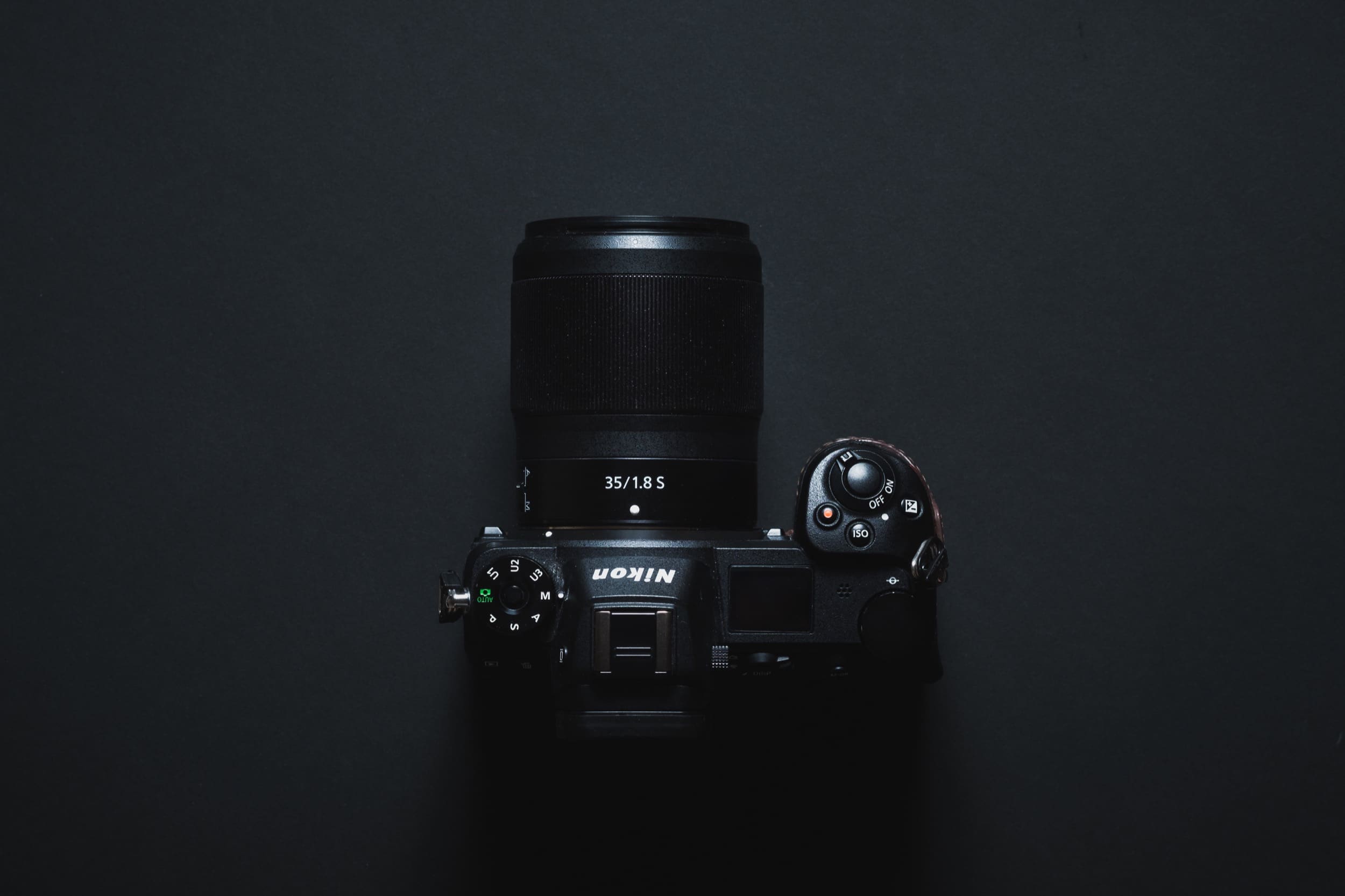
I love how all the Z f1.8 lenses have consistency in their design language where they feel like they are part of the same family. They are also relatively similar in size and weight so they always feel familiar when switching between them.
I love the aluminum focus ring, but there are a few rings of plastic between the metal outer metal components. I’m not sure why Nikon chooses to use some plastic with these lenses but I imagine it’s for durability and performance in the heat.
On the lens, there is only one focus ring. There is no aperture ring. There is only one switch that allows you to choose between auto and manual focus.
Still with the latest firmware of the Z6 and Z7, if you turn off the camera, the focus position will not be retained.
The lens hood is made of plastic and is a good size. Not too big like we have on the 85mm f1.8. The lens hood also clicks on firmly and remains very tight, with no rattling or loose action.
The rear element goes all the way up to the great lens mount, it shows us this wasn’t some old DSLR design adapted to mirrorless which we see so commonly with third-party lenses.

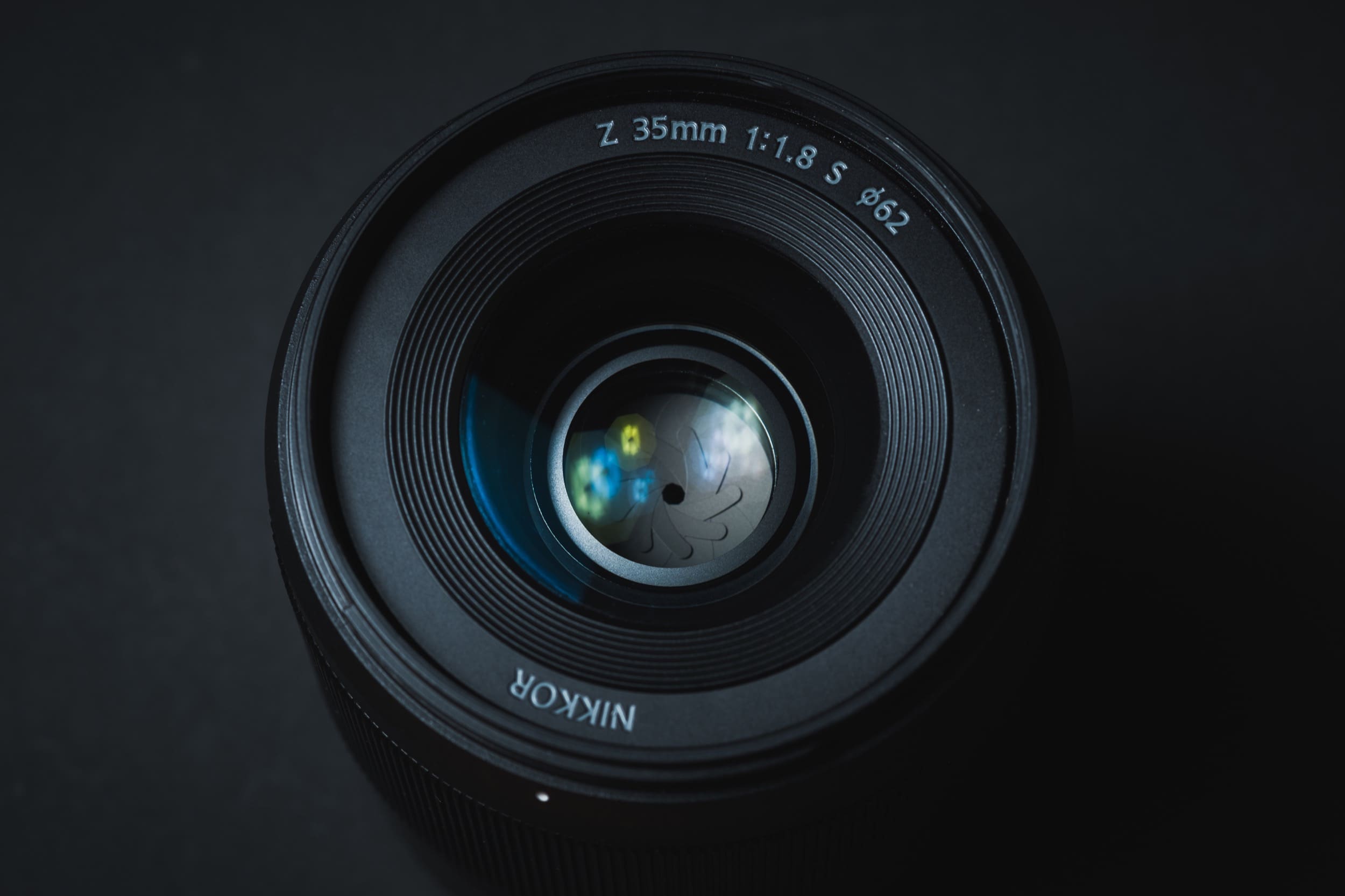
The design of the lens is 11 elements in 9 groups. That’s a little high for an f1.8 lens but that seems to be where lens designers are going with their optics these days as the Sony 35mm f1.8 is also 11 elements in 9 groups.
The aperture has 9 blades that are rounded. This is pretty typical for an autofocus lens. This allows the lens to maintain some smoothness in the bokeh at those higher apertures. You’ll still get geometry in the bokeh balls at around f4 and f5.6.
Autofocus
Like with the other stepping motor lenses by Nikon, there is a slight almost humming to the lens as it’s working with Continuous AF.
The 50mm seems like it’s a touch quicker and more accurate than the 35mm or the 85mm. But with the 35mm I tend to shoot a lot closer, which is harder for the tracking, and on the 85mm the depth of field is much thinner, which is also harder for the tracking. So it could be all these lenses are pulling focus with similar results, but just the characteristics of the different focal lengths are making the comparisons show different results.
Nikon Z 35mm f1.8 S Image Quality
Image quality is sometimes a tough metric to weigh into the reviews because there is a character to every lens, and some lenses can produce amazing results aesthetically while having poor technical image quality scores, and some lenses have perfect image quality but render incredibly boring and flat.
The Nikkor Z 35mm f1.8 is well-balanced here.
It’s got great image quality but still maintains nice dimensional rendering and I actually like the way it renders more than the Z 50mm.
Nikon Z 35mm f1.8 S Sharpness Charts
I only have the Nikon Z6 so all I can do is show you what the sharpness is with this body which has an AA filter.
Center Sharpness
Center Sharpness is very good all around. Sharpness is still very good at f1.8 but there is slightly less contrast when wide open and at f2. By f2.8 contrast picks up and the lens produces a more ‘crisp’ image.
When shooting at those faster apertures like f1.8 or f2, sometimes contrast and saturation have a nicer more calming quality, almost a softness to the tones. You can see on the charts here, there is almost this glow at f1.8 and f2.
Corner Sharpness
I do not focus on the corners when I do my corner sharpness tests. This lets us see what the spherical aberrations are doing, and this is often why stopping the lens down cleans it up.
Even focusing on the center, the corners here are very good, and they only get better by f5.6. I will say the corners at f5.6 are better than a lot of lenses I have in the center at f5.6.
Edge Sharpness
Edge sharpness is also very good and improves by f4 to f5.6.
It’s probably safe to say that the Z 35mm f1.8 resolution outresolves what I can pull in on the Nikon Z6 and overall the sharpness is very good but you might notice a bigger difference between apertures if you’re shooting on a Z50 or Z7.
Distortion
There is a very slight distortion if you use the camera as default with the distortion controls turned on. This correction is baked into the RAW so you’ll never see distortion if you keep those settings turned on.
In the sample below, I took the Nikon RAW file and stripped all profile corrections from it in Iridient Developer. Now you can see there is some distortion. It’s not terrible but there is definitely some barrel distortion. This again is corrected with the in-camera options even on the RAW files so make sure that also stays on when shooting video.
Vignetting
There is some vignetting at f1.8 you will for sure see it. If you’re shooting video or JPG, you may want to engage the vignetting controls on the Z cameras to reduce it.
Chromatic Aberrations
In real-world shooting, I rarely run across a situation where I’ve seen any serious CA. Longitudinal CA or even lateral CA.
Occasionally you’ll see fringing out the out-of-focus high contrast areas. Like in the first show below, you can see some in the top right.
Here are a few real-world samples that would kill a lens if it had bad CA. As you can see, you’ll only get a little bit at f1.8. Stop down and it’s corrected.
But then in this shot of my daughter wide open with the blown-out background, you can see quite a bit of fringing in that particular sample.
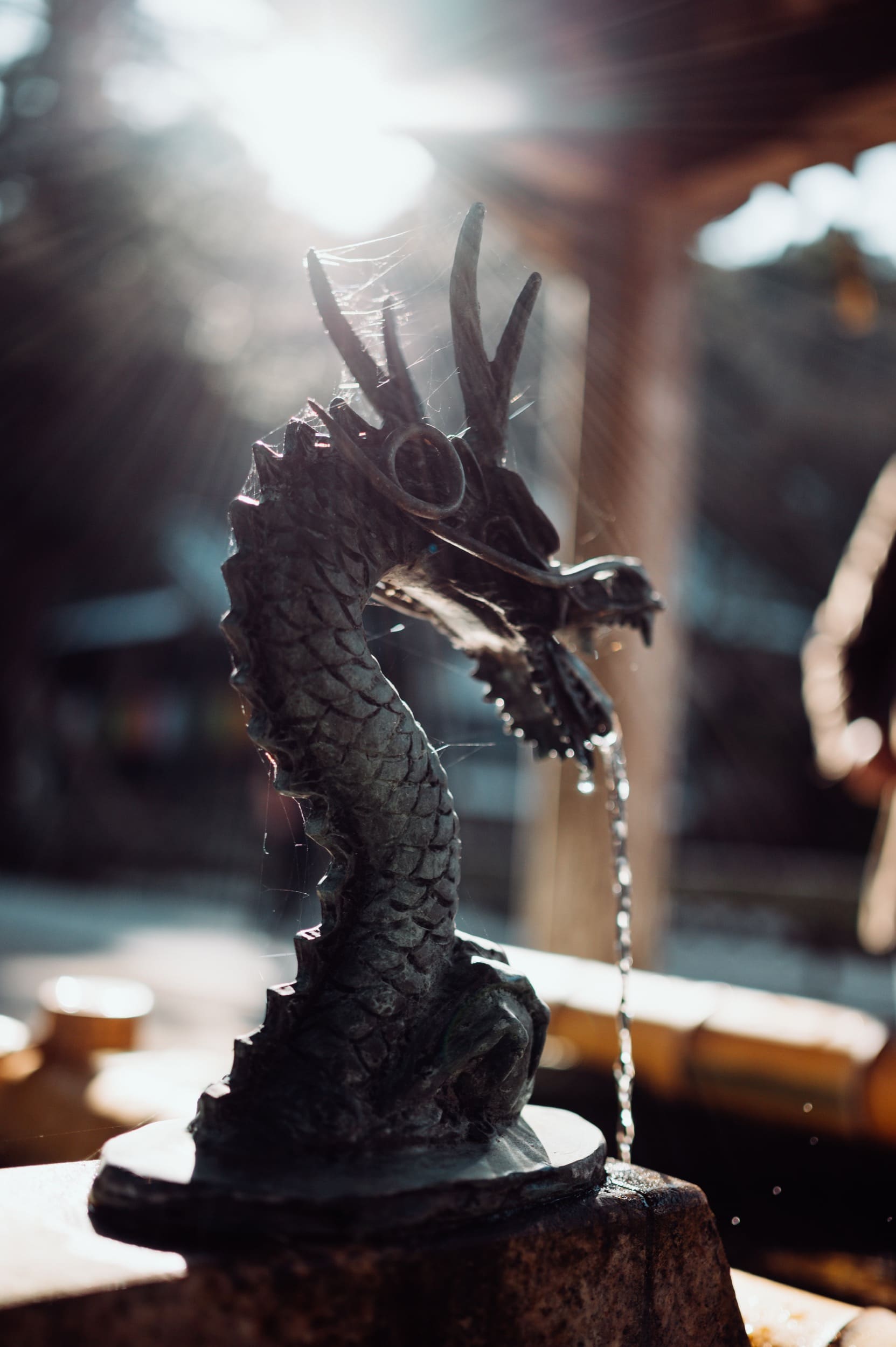


At first, I never noticed this fringing in the bokeh because it’s typically not good practice to shoot with blown-out backgrounds. If you don’t shoot with blown-out backgrounds, you’ll rarely have any issue with this.
LoCA Chart
When cropping in 100% to look at the text center frame you can see some longitudinal CA when at f1.8. This amount of LoCA is fairly normal when shooting wide open but some lenses will perform slightly better than this.
Lens Flaring / Sun Stars
It’s sometimes nice to have lenses that flare but with software tools, it’s very easy to add that in on your own. Lens flares are bad for the image quality because they can reduce the contrast and clarity if you’re shooting towards the sun, sometimes it can be so bad they even strip a lens of its sharpness.
Most of these modern lenses by Canon, Fujifilm, Sony, and Nikon rarely flare or create any ghosting unless the sun sits just out of the frame.
Here are some samples of what the flaring can do to your image, as well as a shot of how the sun stars perform at f8. I’ve seen better sunstars, but at least we are getting some nice consistency to the pattern.
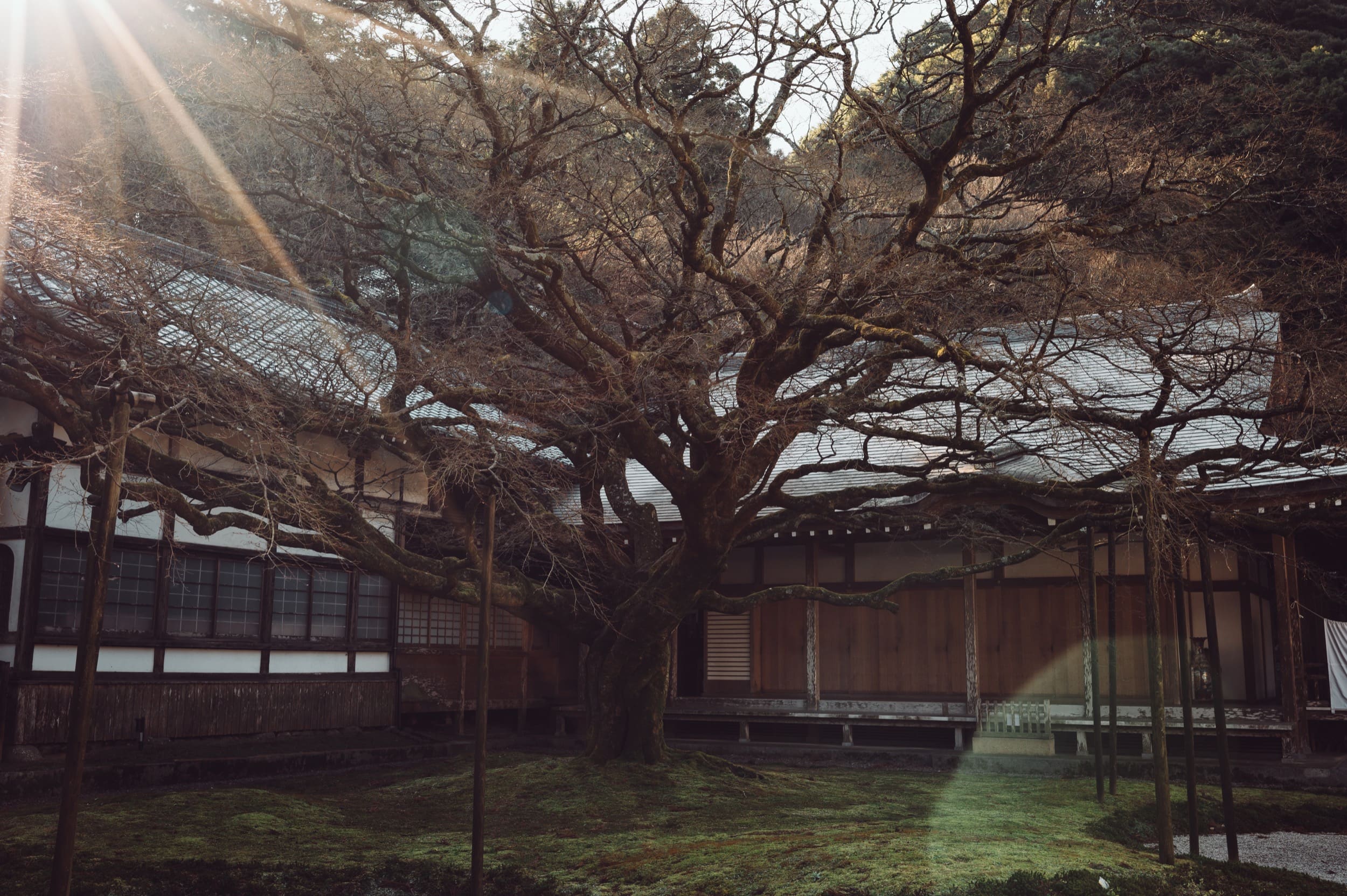
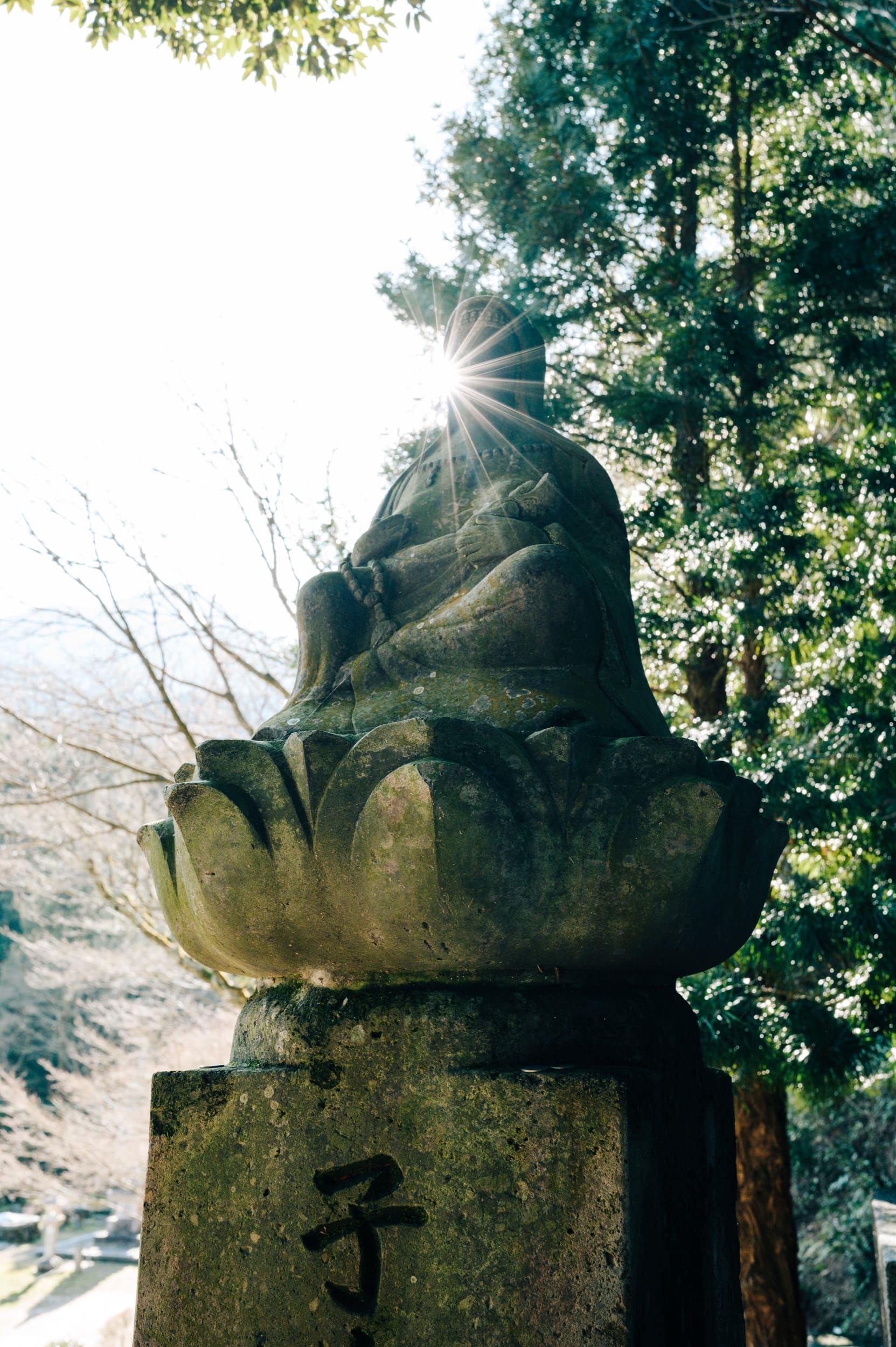
Art & Character

The Art & Character of the lens is a metric that I find to be very important but is something a lot of people often miss.
If a lens has terrible distortion, or soft corners but still renders an amazing image, then for me, it’s a very valuable lens. Some lenses have absolutely perfect Image quality but incredibly boring renderings.
At the end of the day, it all depends on what you’re doing which is why I like to include this section. Architecture and even landscape photographers might not need a lens with a lot of character, but a wedding photographer will.
Clinical is the term we like to use for lenses that have very little character with boring and flat rendering. Unfortunately, a lot of the big lens companies are making very clinical lenses these days. This is not always a bad thing though because, if you’re capable of doing a lot of post-processing, you can still create some nice styles and looks with a flat rendering. It really depends on the photographer.
The three Z lenses that I have are a little on the clinical side but there is magic you can still find with them and this Z 35mm f1.8, in my opinion, has the best rendering of the three I own. The others being the 50mm and the 85mm. My second favorite would be the 85mm.
The 35mm has such a nice smooth focus falloff. Yes, there are better ones, but this one is absolutely lovely. Images come out so smooth and buttery when shot at f1.8 when you shoot in the lens’s sweet spot.
Bokeh Samples
Bokeh for the most part is good. Like with most 35mm lenses, the closer the subject the creamier the bokeh. If your subject gets further from the lens, around 15 feet or so, the bokeh does get a bit busy. This is pretty common with 35mm lenses and this lens definitely has a sweet spot that it likes.
If you’re shooting headshots, full-body kid shots, or mid-body grown-up shots, then you won’t have any issues with the bokeh, but things can get a little busy in the bokeh as you move back.
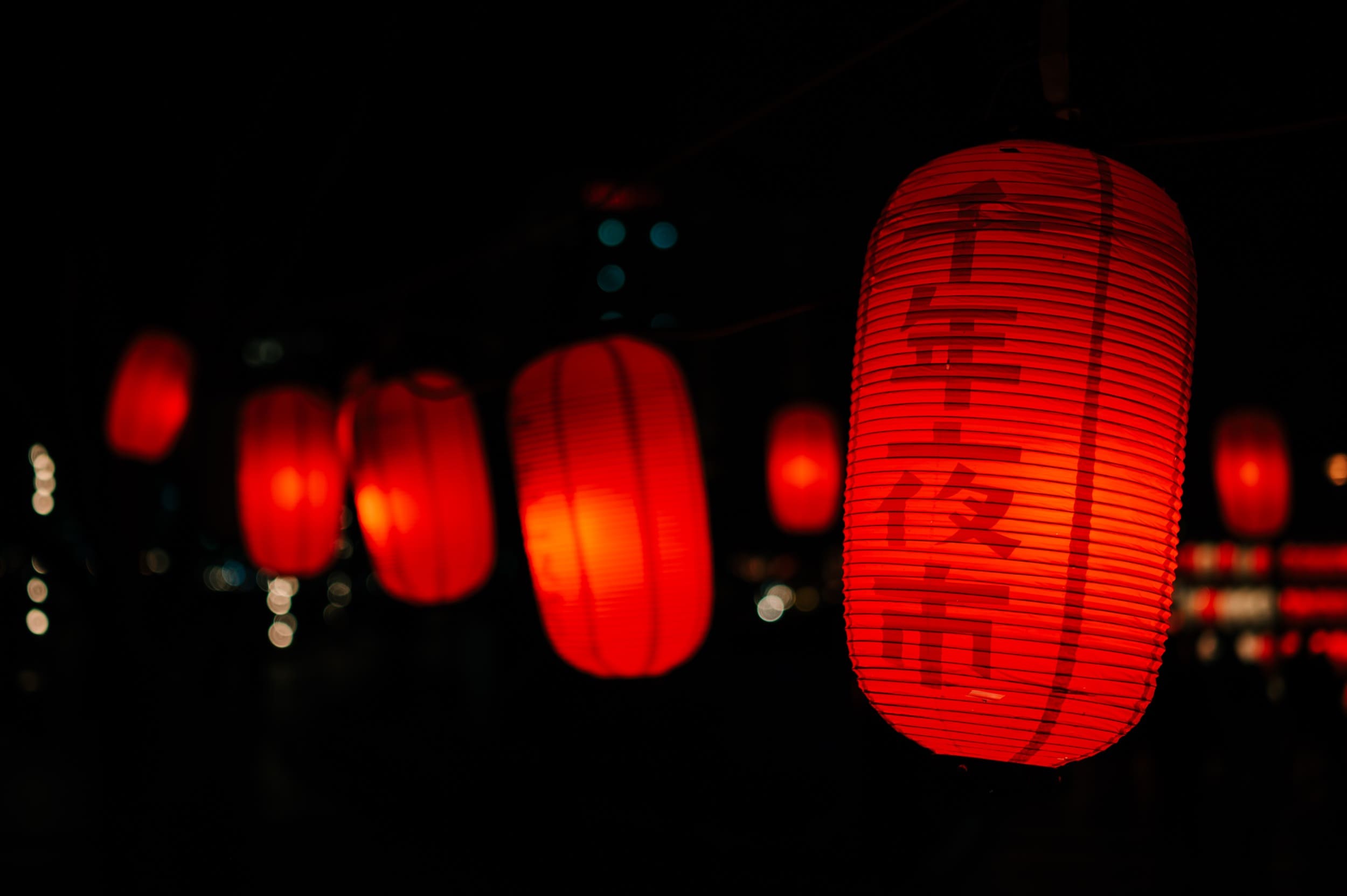

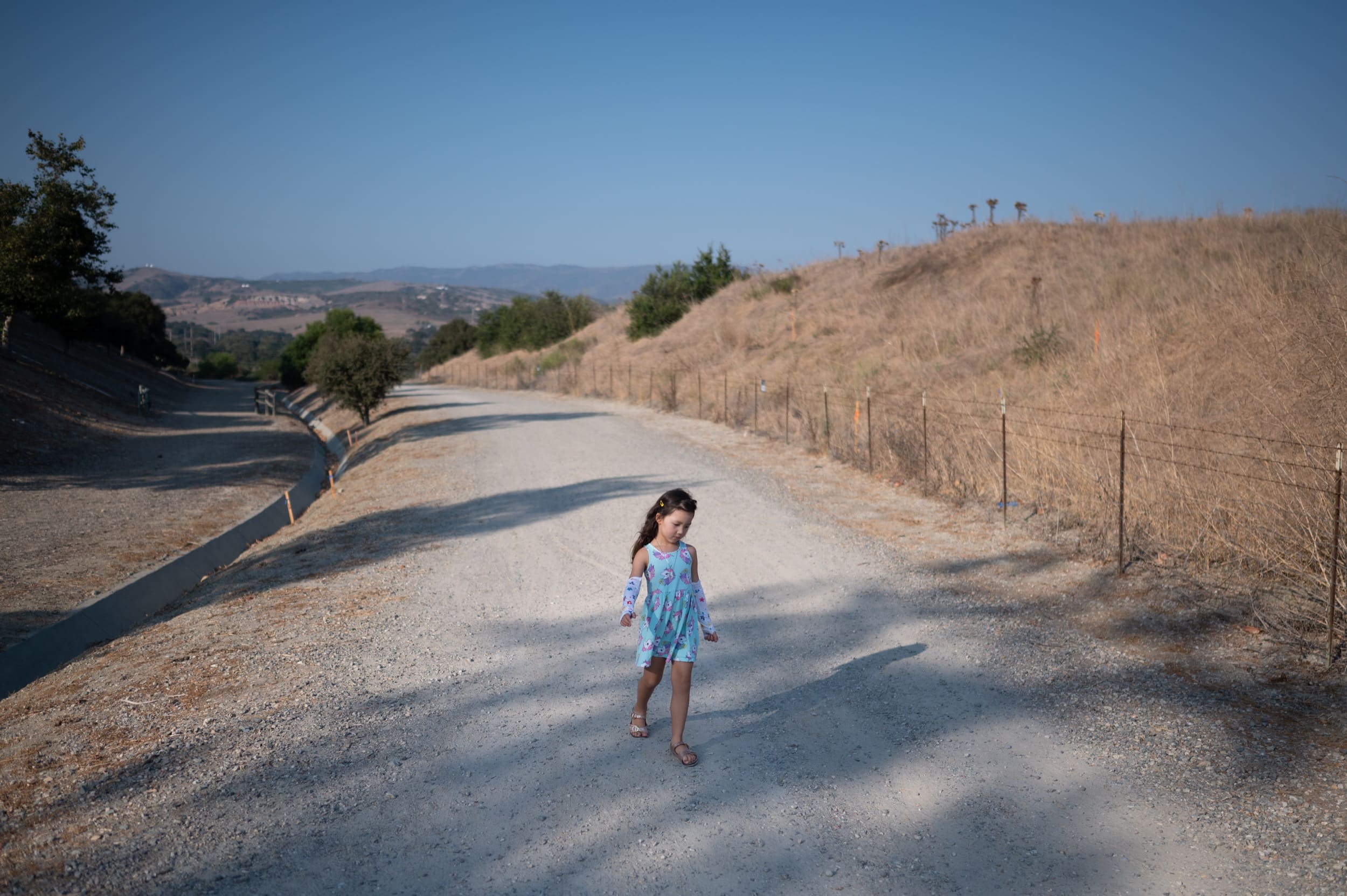
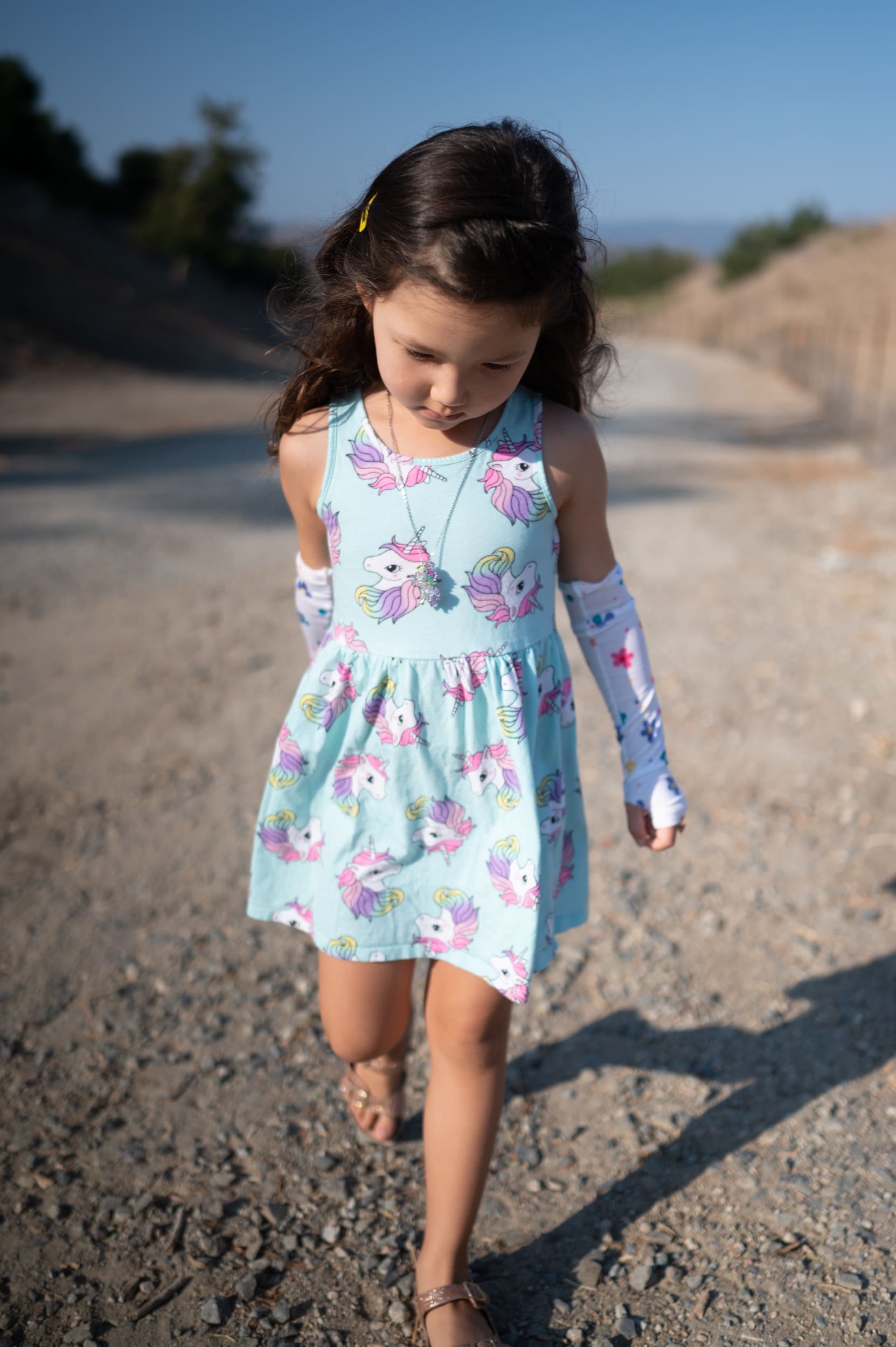
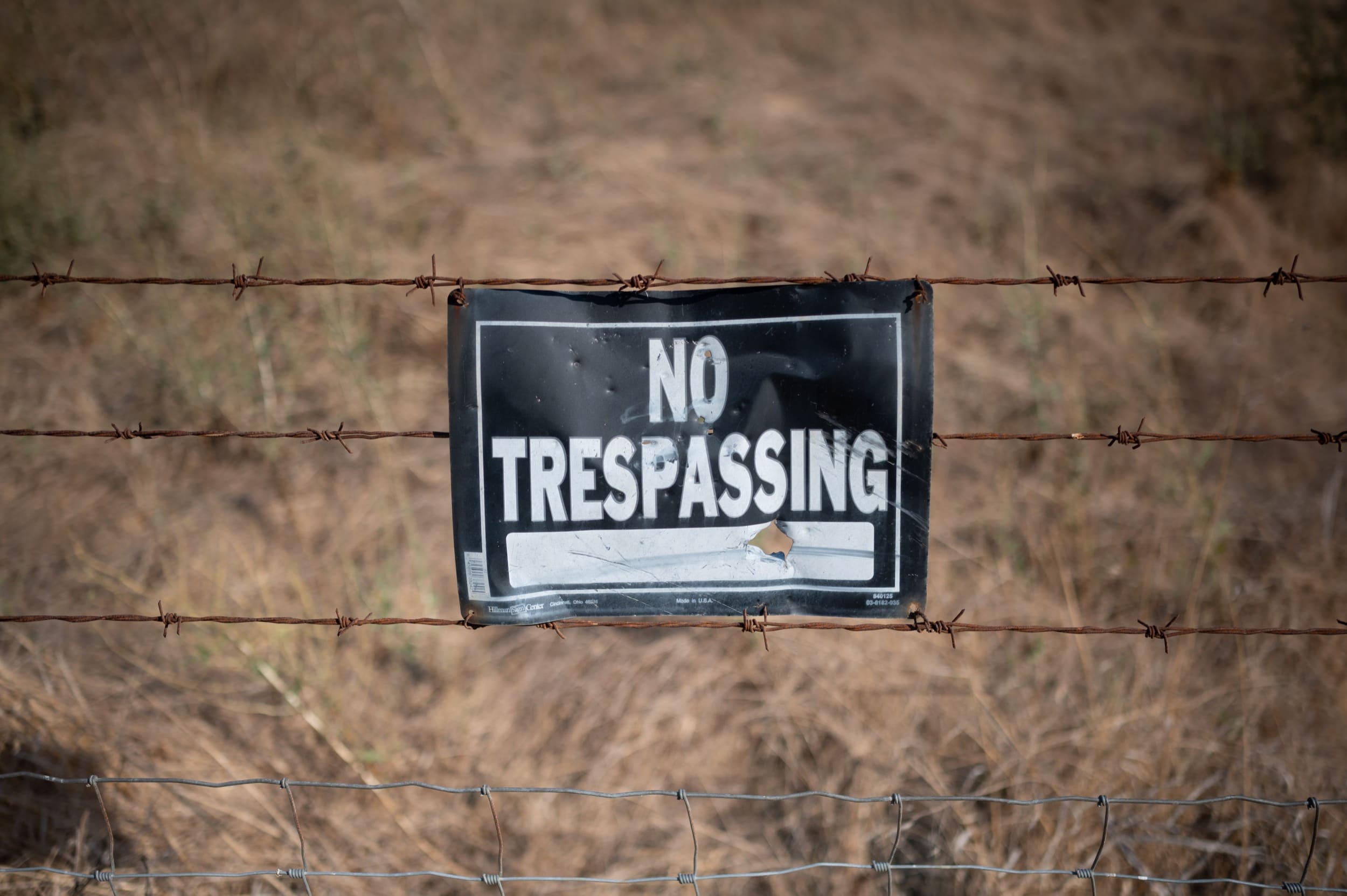

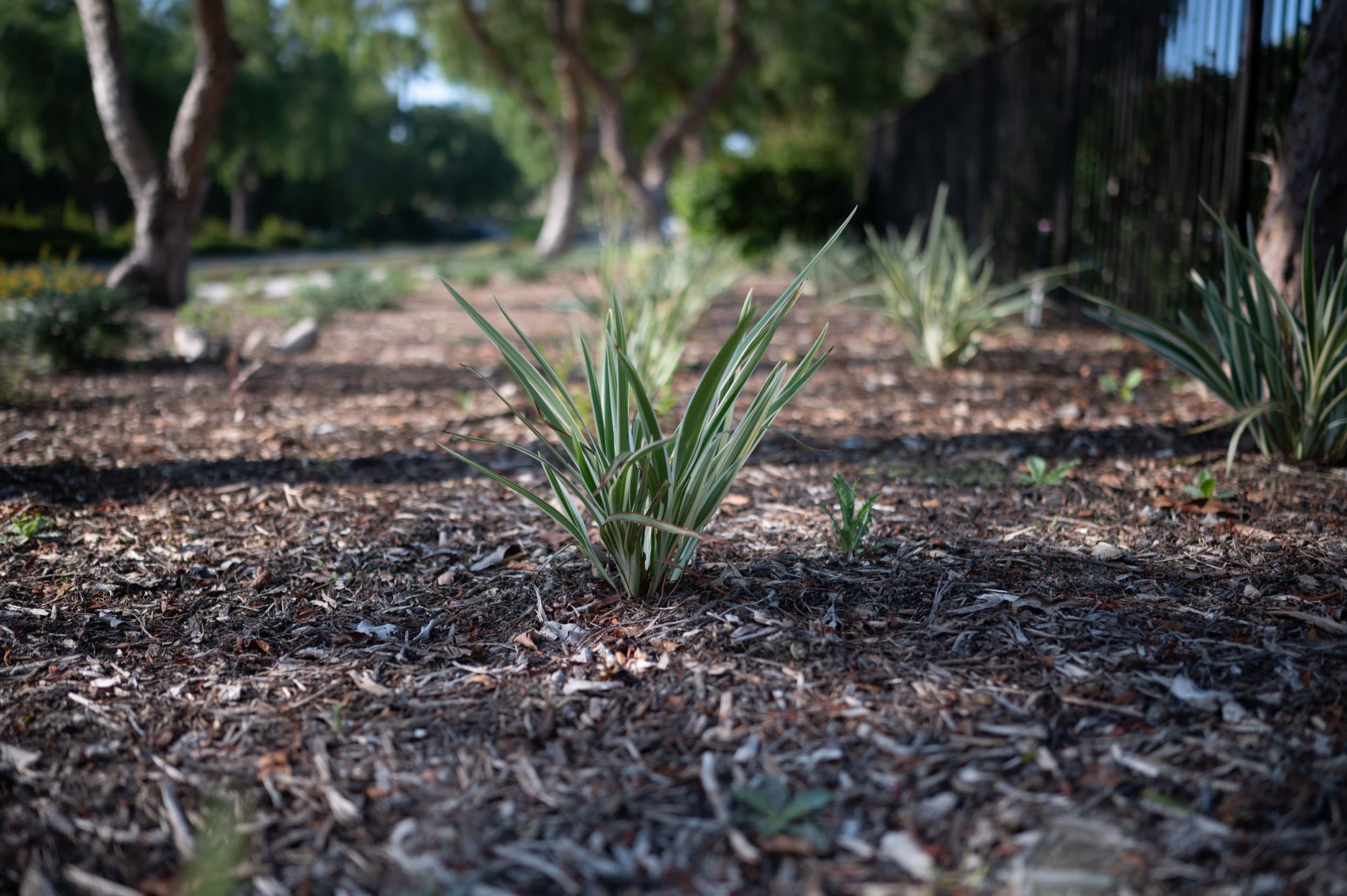
Bokeh Balls
The shape of the bokeh is pretty consistent with the other Nikkor Z lenses. It starts round and very circular and it begins to swirl with a cat’s-eye shape as you move away from the center.
Some photographers hate cat’s eye bokeh, some don’t mind it, and some even like it.
There is some texture to the bokeh balls. Closer to the center frame you’ll get an onion-ringing pattern, further out you get a slight texture.
This is pretty normal when dealing with lenses that use aspherical elements. Every Fujifilm lens also does this. This is actually not as bad as some of the other lenses I have.
The specs on the top right of the frame are just from me having a dirty sensor, ignore those.
Focus Falloff
This is kind of the special secret sauce of fast 35mm lenses.
Here is an example of what you can expect from the falloff from what’s in focus to what’s out of focus. This lens has a very, very pleasant feel to it. It feels very organic and calming. I absolutely love it.
You have to be a little careful with 35mm lenses though, it’s very common for the focus falloff to get a little gross as you increase the distance between yourself and the subject. Once you get out to about 20 feet or so, you won’t get the magic and the bokeh can get a little ridge, but this is kind of obvious since you’re not going to be very shallow at those distances with an f1.8 35mm lens anyway. This is when you would want something more like a 35mm f1.2.
I would say, as long as you keep the subject of focus within 15 feet, you’ll get absolutely incredible results when shooting wide open.
The Nikkor Z 35mm f1.8 is better than most but there are still some other lenses that also have a great focus falloff like the Voigtlander 35mm f1.7 which also has a very special one-of-a-kind look.

Contrast / Micro-Contrast / Color Rendering
This is not a super high micro-contrast lens. None of the Z lenses are. It does look to be a little nicer than the 50mm and the 85mm though.
Typically when lenses don’t have a good micro-contrast, there is a little bit of a plastic feel to skin tones. You get that a little with all these Z lenses, but it’s not as bad as some of the f1.4 lenses that are out there.
Contrast however is still very good, and so is the color rendering but you can see the images do feel a touch on the plastic side.
SOOC Samples
Here are some straight-out-of-camera images.
I tried to pick a nice blend of images showing both good and bad images from various situations making sure to also include some of the technical issues that this lens often presents.
For example the first image here with Kalina eating, you can see the LoCa issues.


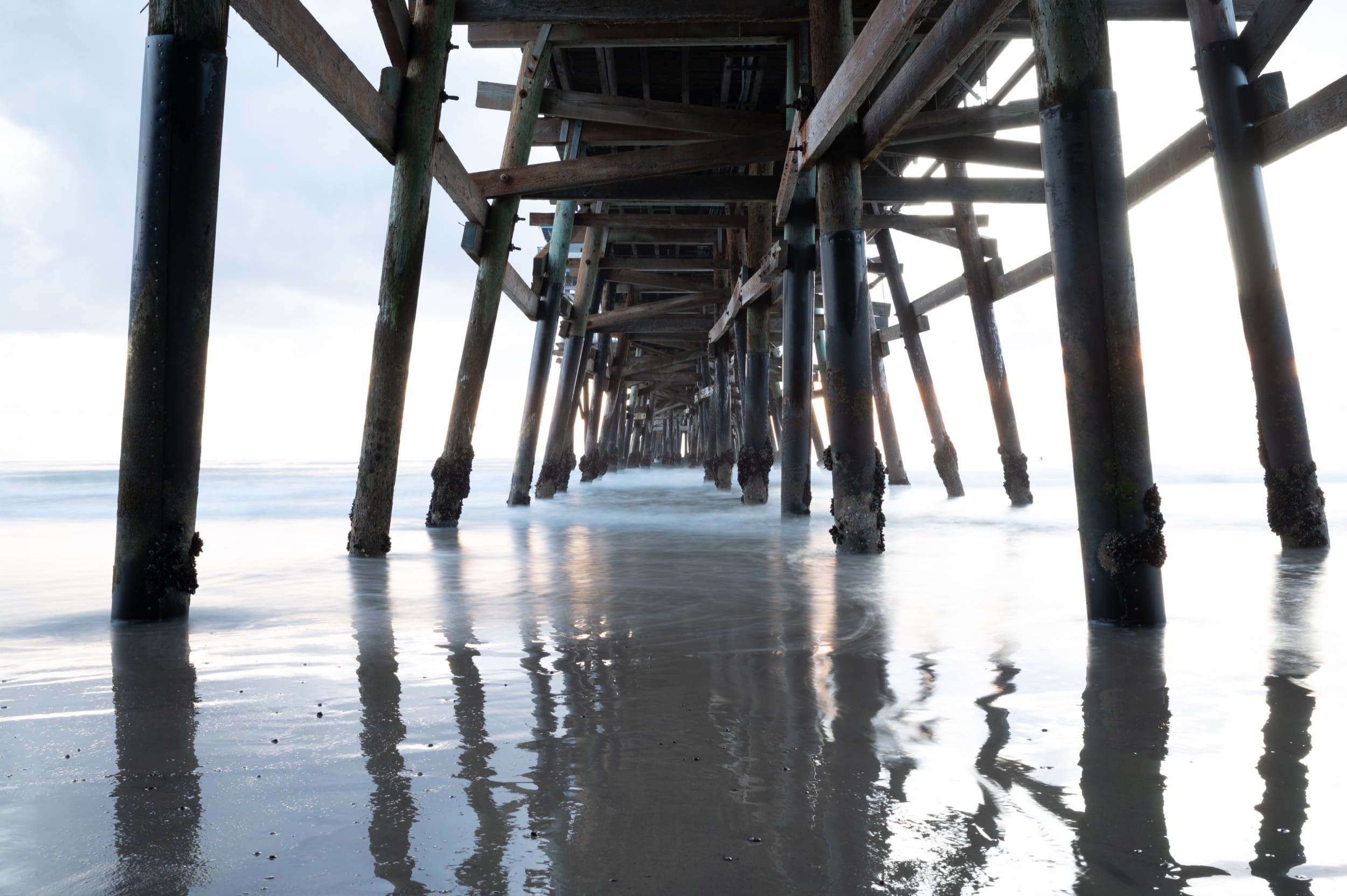
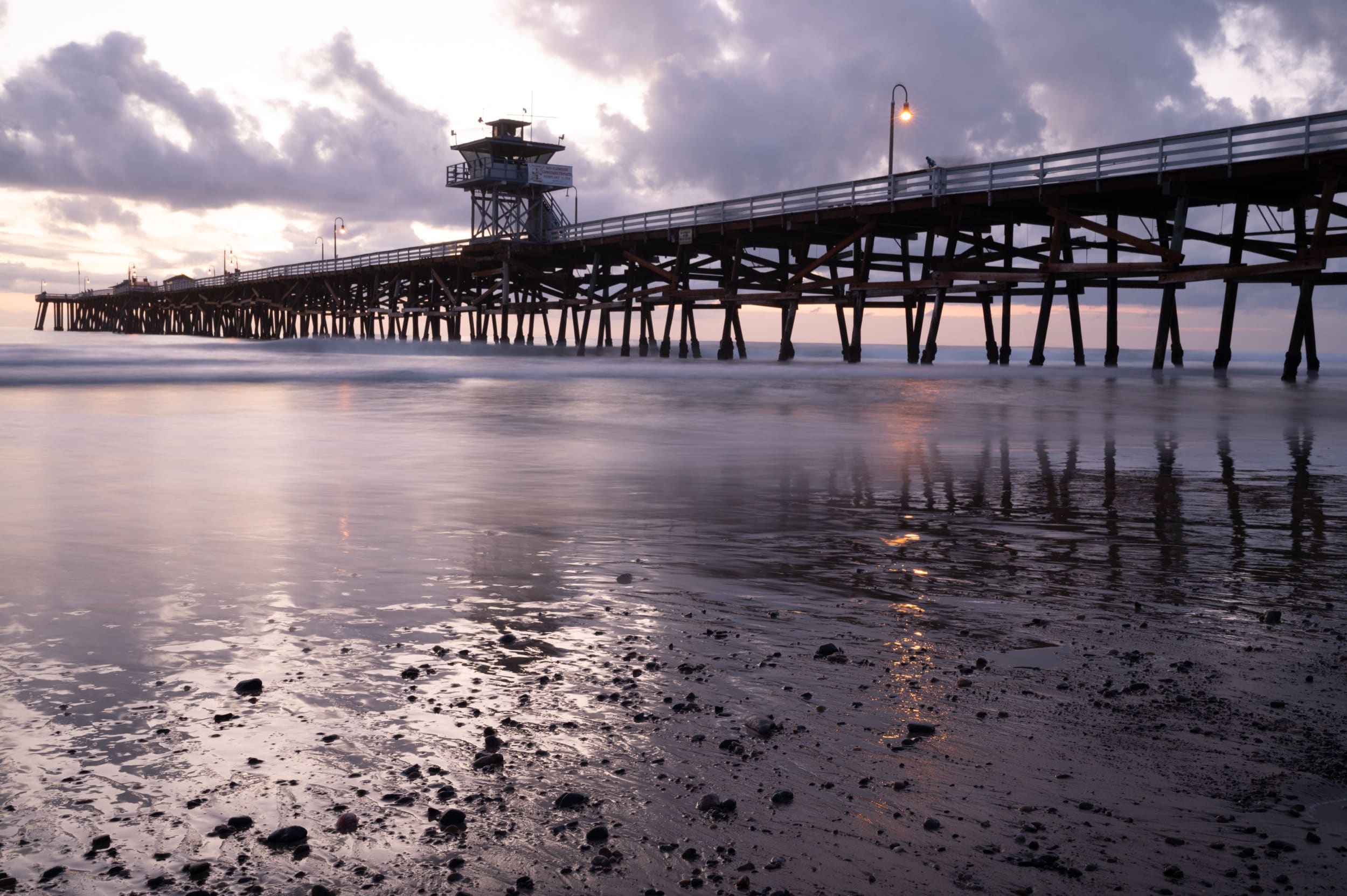
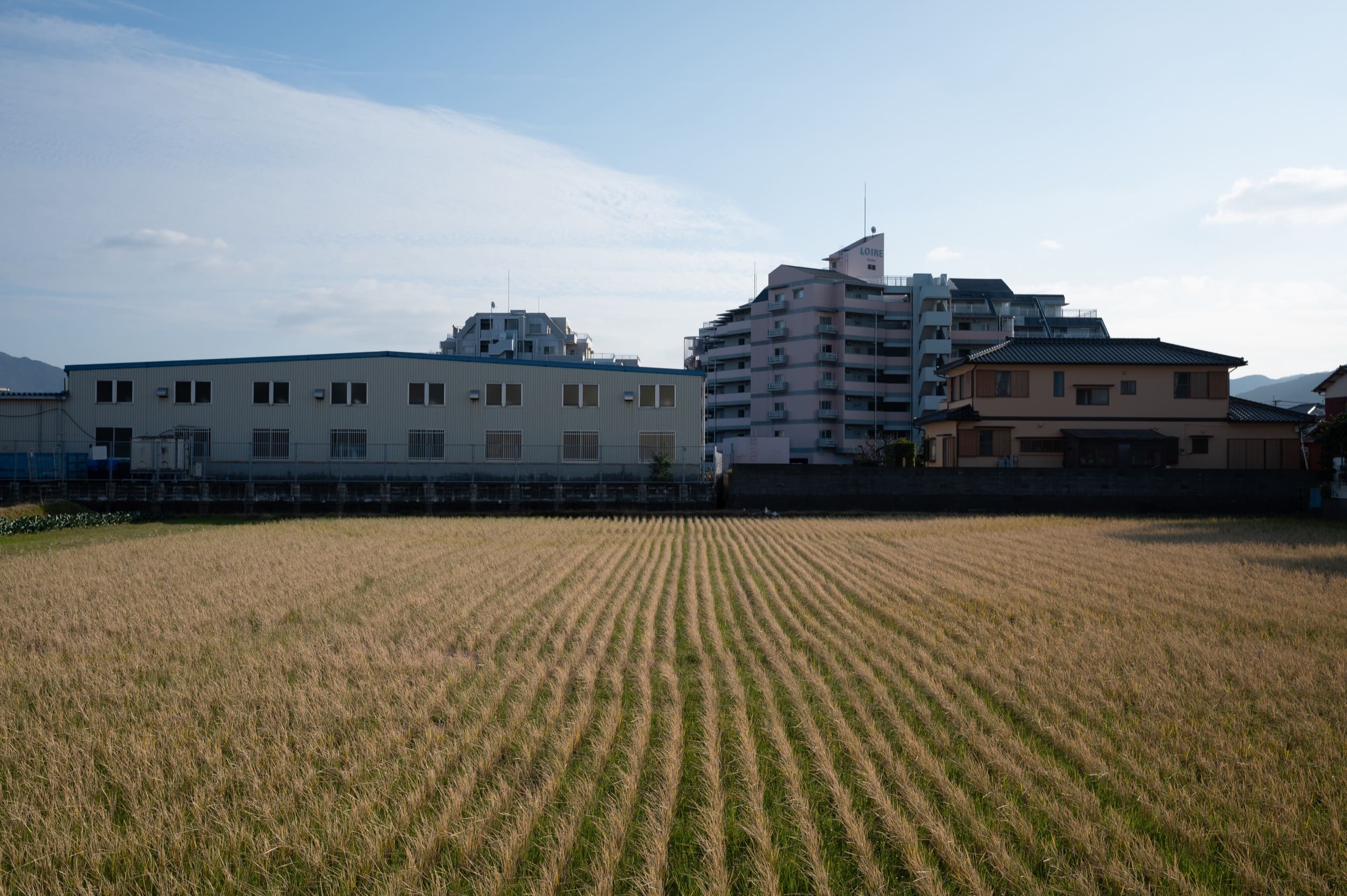

Nikon Z 35mm f1.8 S Bottom Line
In terms of image quality, this lens is up there with some of the best, and it is also very light and very fun to use.
While some might complain that f1.8 is not fast enough, I actually like f1.8 on these Z cameras as a general do-it-all lens. With a 1/8000 shutter limit on the Z cameras, f1.8 is the max you can shoot outdoors without needing an ND filter. So while faster lenses with an f1.2 and f1.4 aperture are nice in some situations, you can run into exposure issues if you want to always shoot wide open without ND filters.
The Nikkor Z 35mm f1.8 S is all about versatility.
I’m using it now as my primary video lens, and I use it a lot for landscape, street, events, and any low light shooting where I need a 35mm, and it’s fantastic for that. The size and weight are really nice paired with the Z6 and the Nikon-grade weather sealing of course is always a nice bonus.
Just watch out for blown-out backgrounds in your out-of-focus highlights or you will get some fringing in that bokeh and remember that this lens loves being up close and personal, that’s where it shines.
If I could only have two lenses for the Nikon Z system, it would be the Z 35mm f1.8 S and the Z 85mm f1.8 S. I still love the 50mm f1.8 S, but I feel like having a 35mm and an 85mm gives me a little more versatility.
Nikon Z 35mm f1.8 Sample Photos
These photos are all shot with the Nikon Z35mm f1.8 and colored with the Core Presets.
These are all shot with the Nikon Z6. It’s taken me a while to get my presets tuned well for the Nikon colors. They are very different from Sony and Fujifilm but I think I have them in a pretty good place now. So check those out if you like these colors!
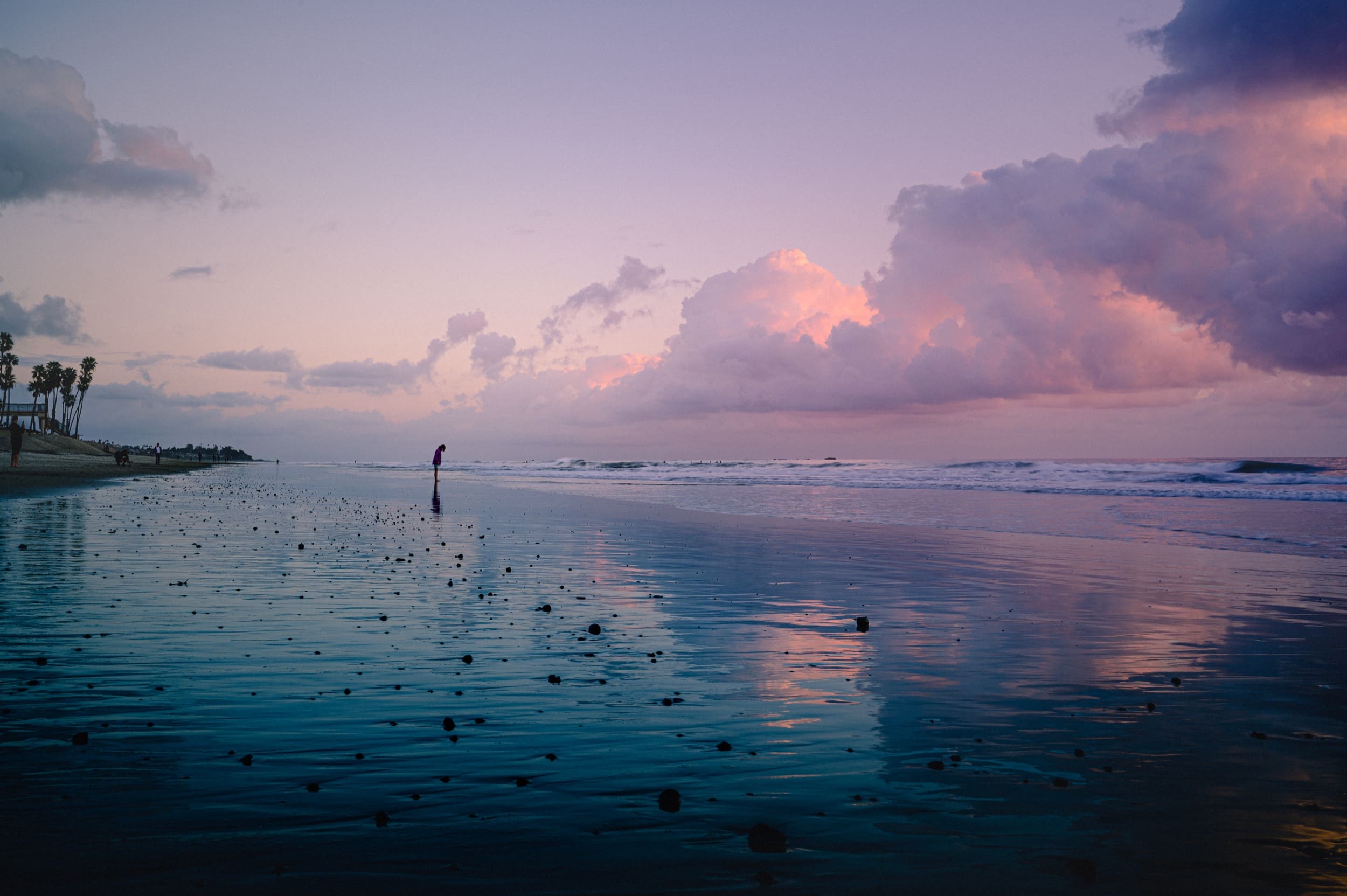



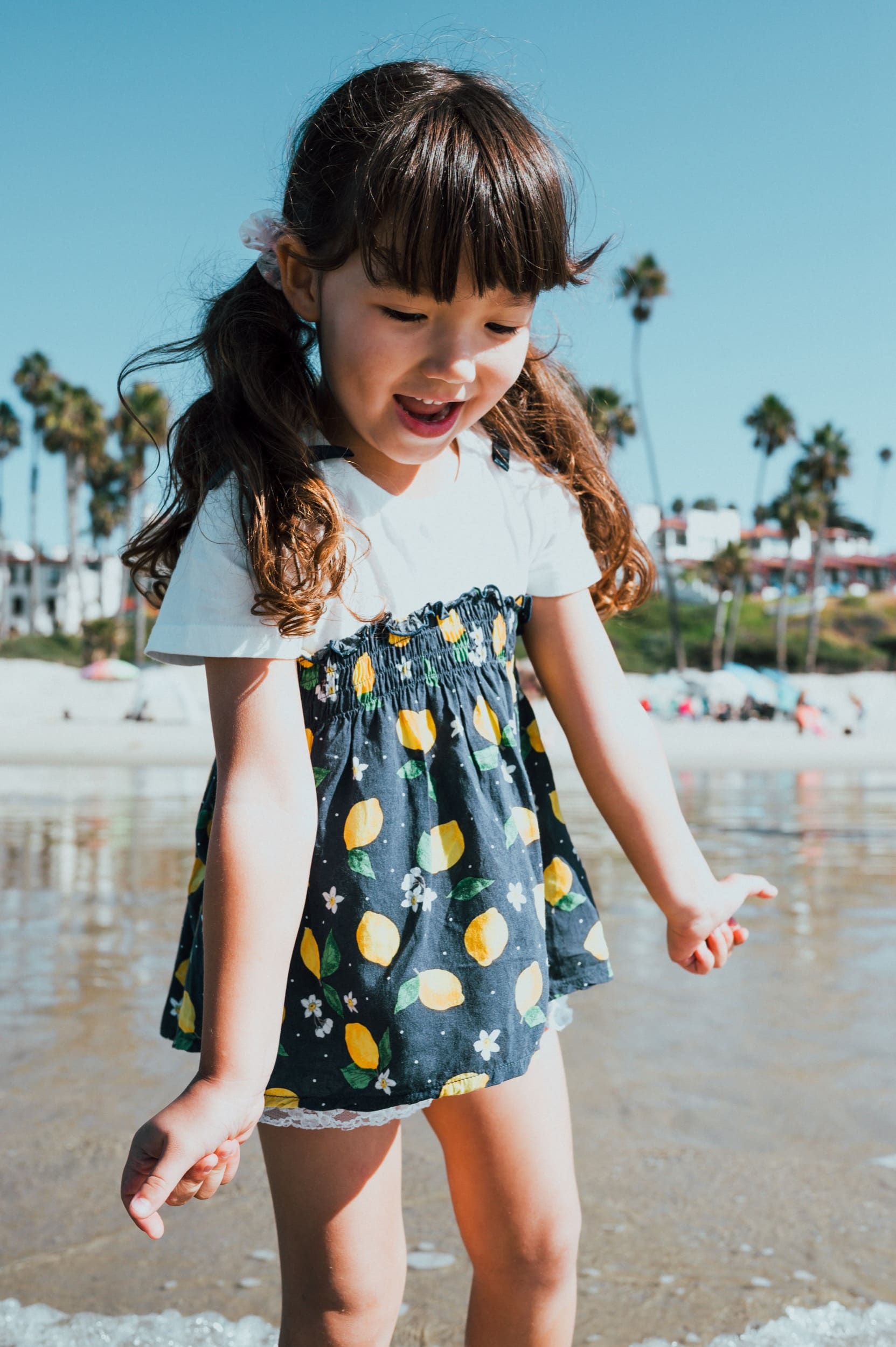

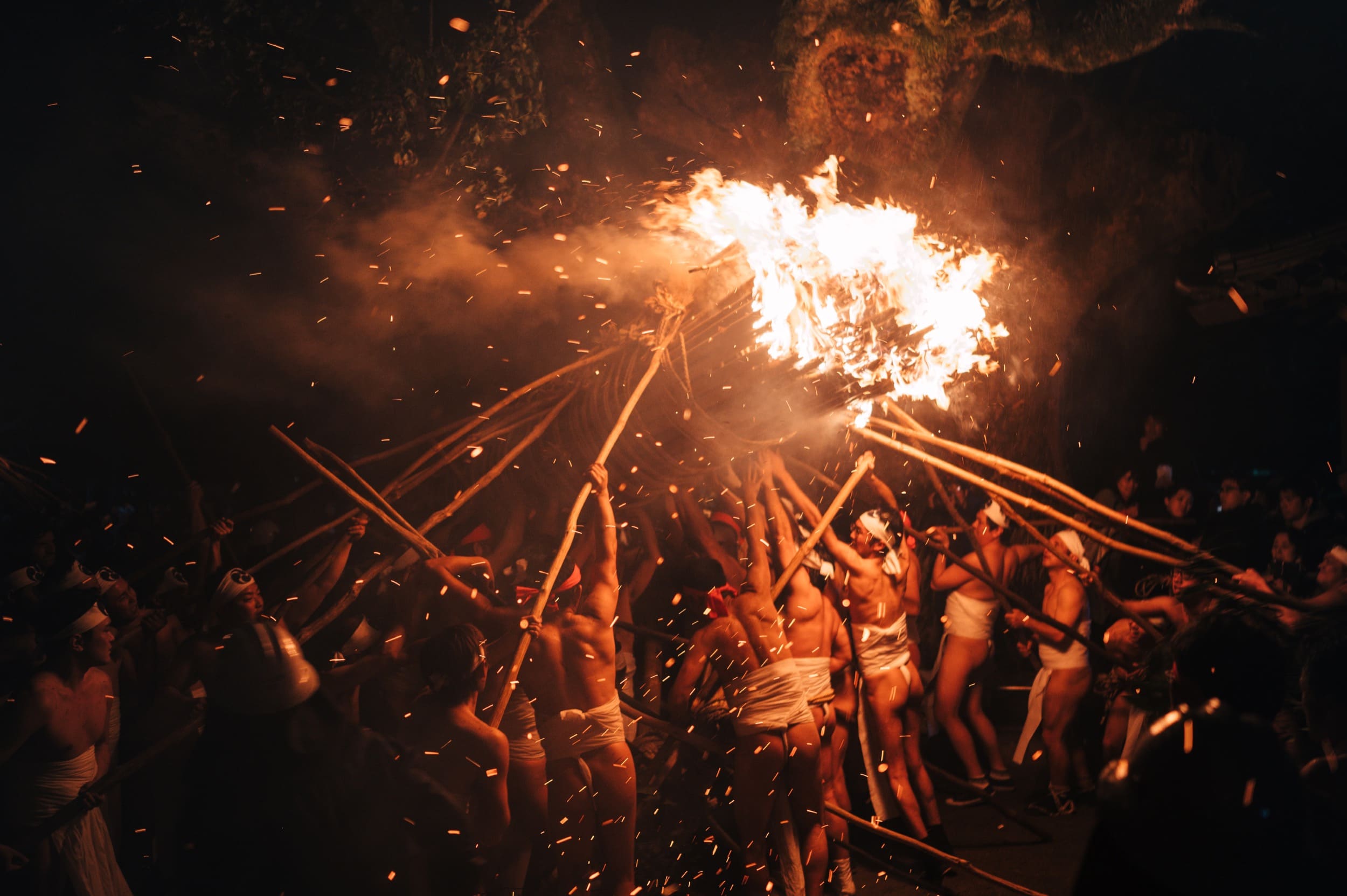

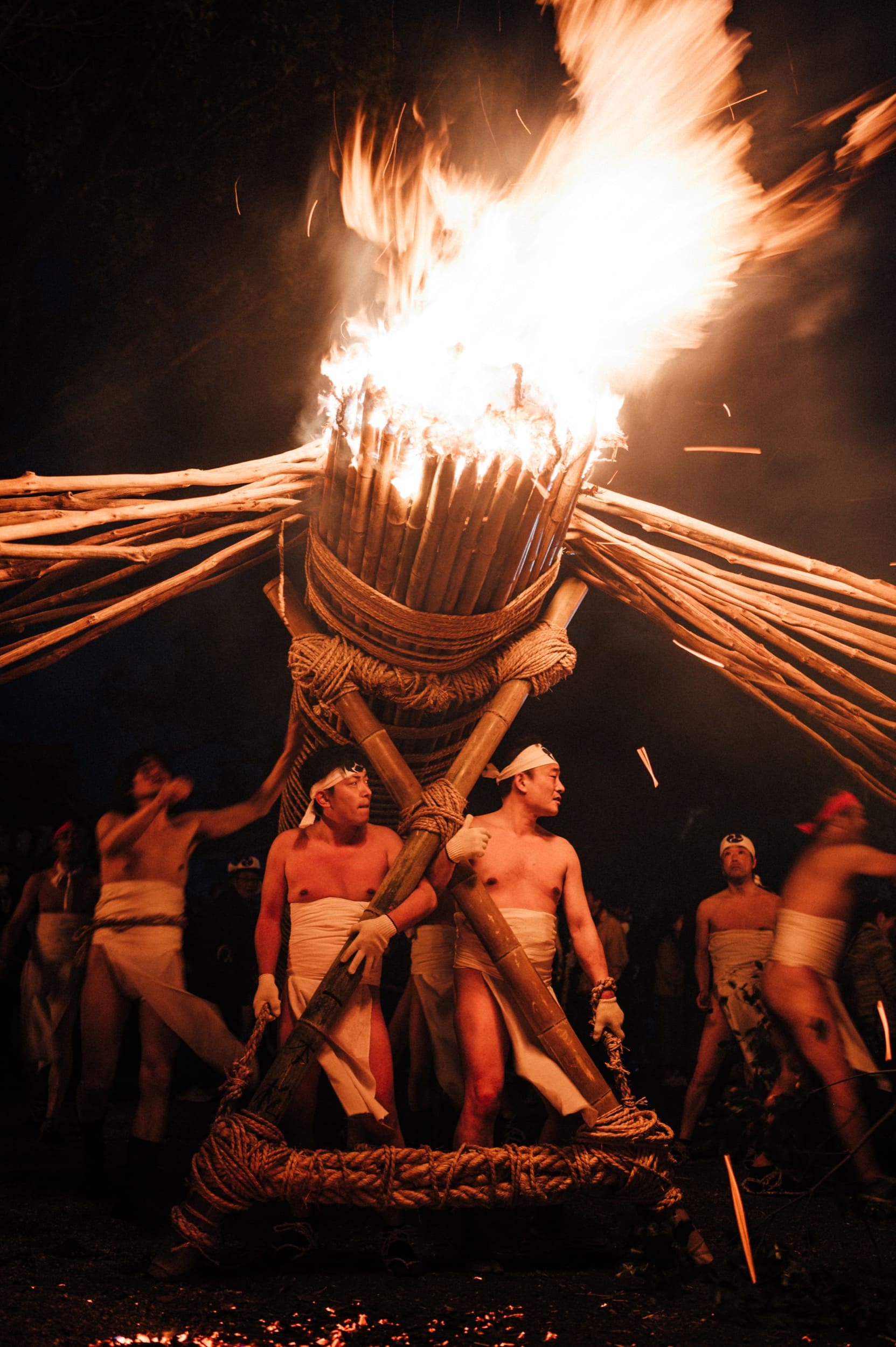
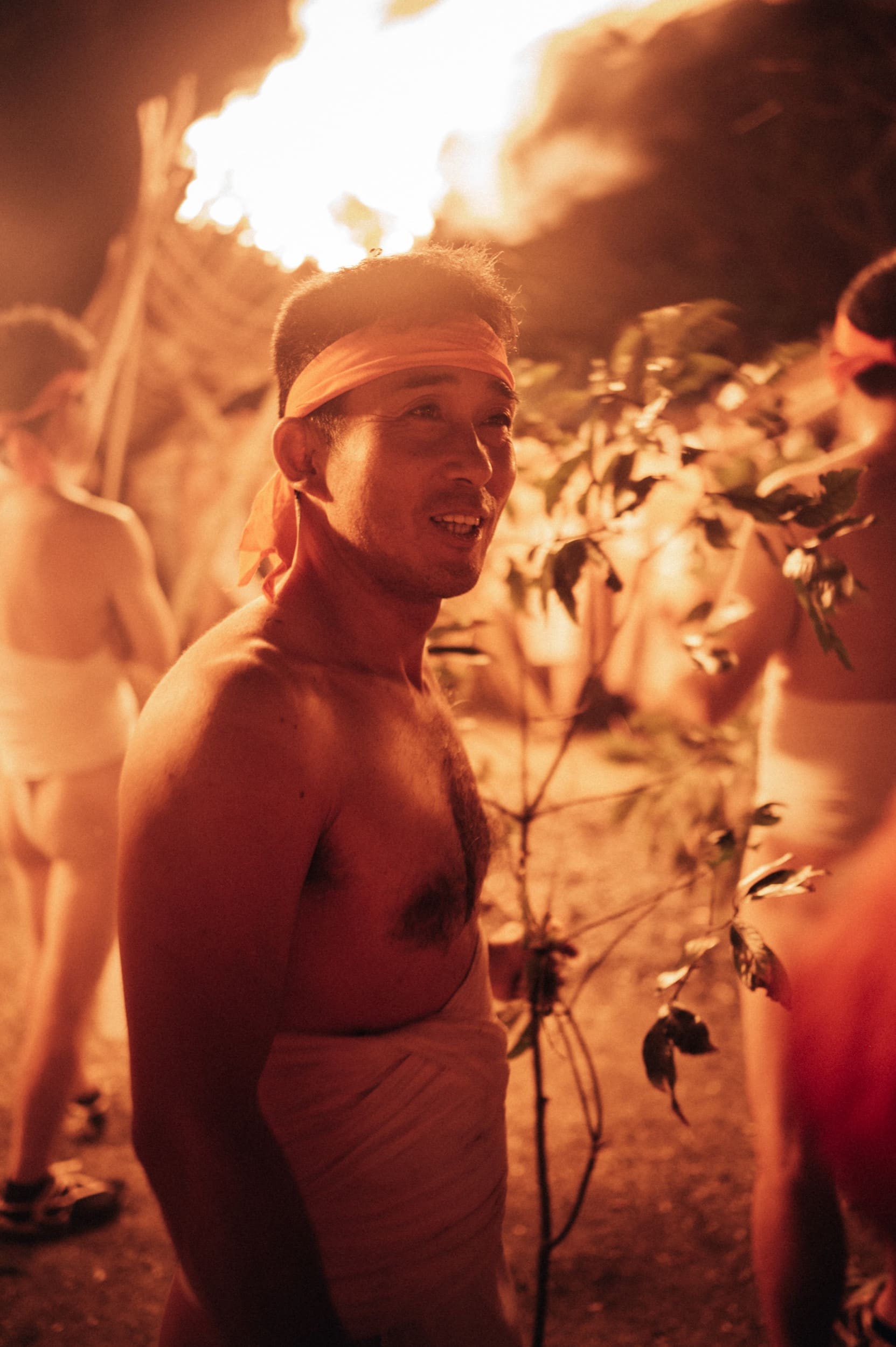
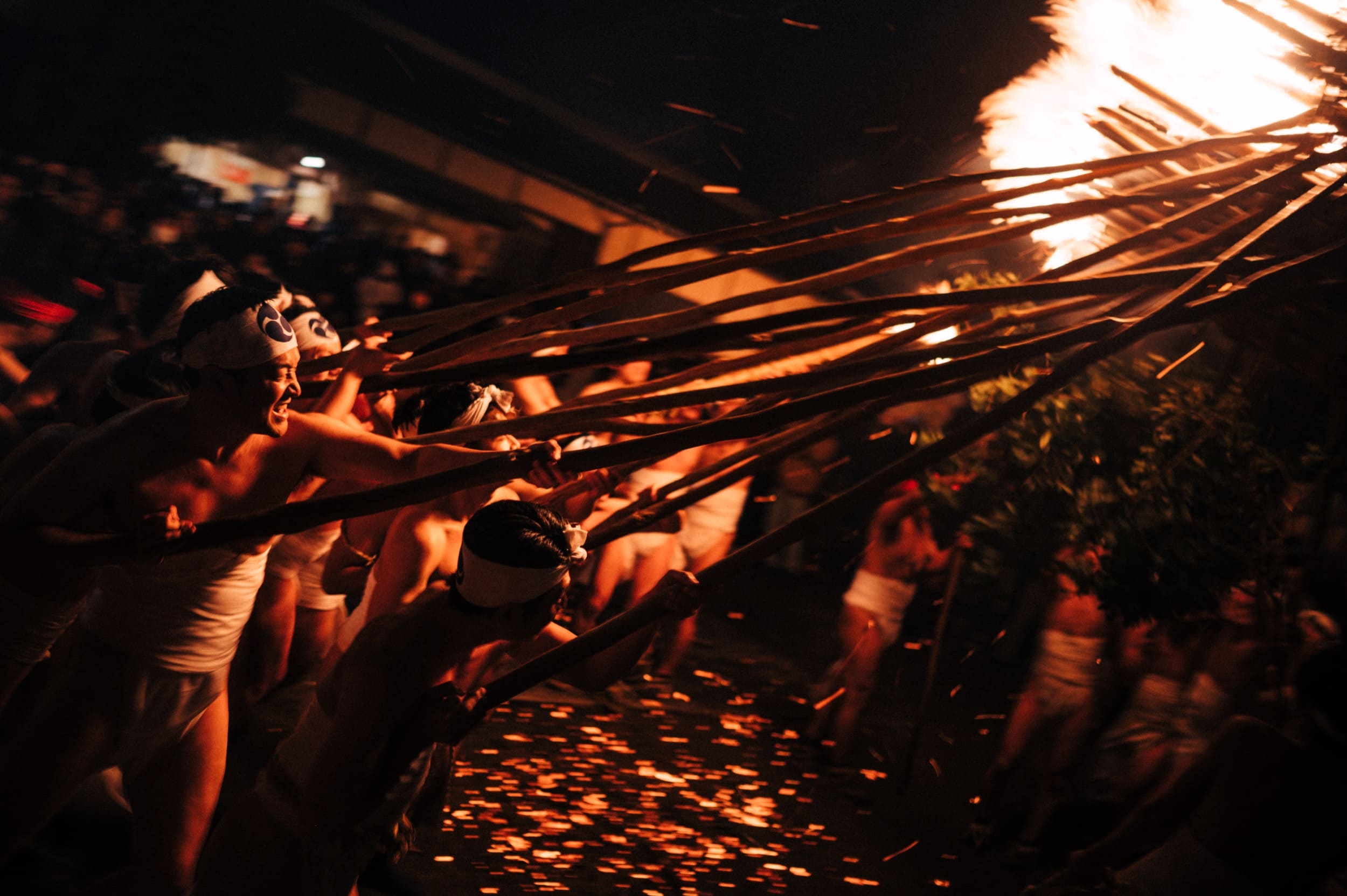
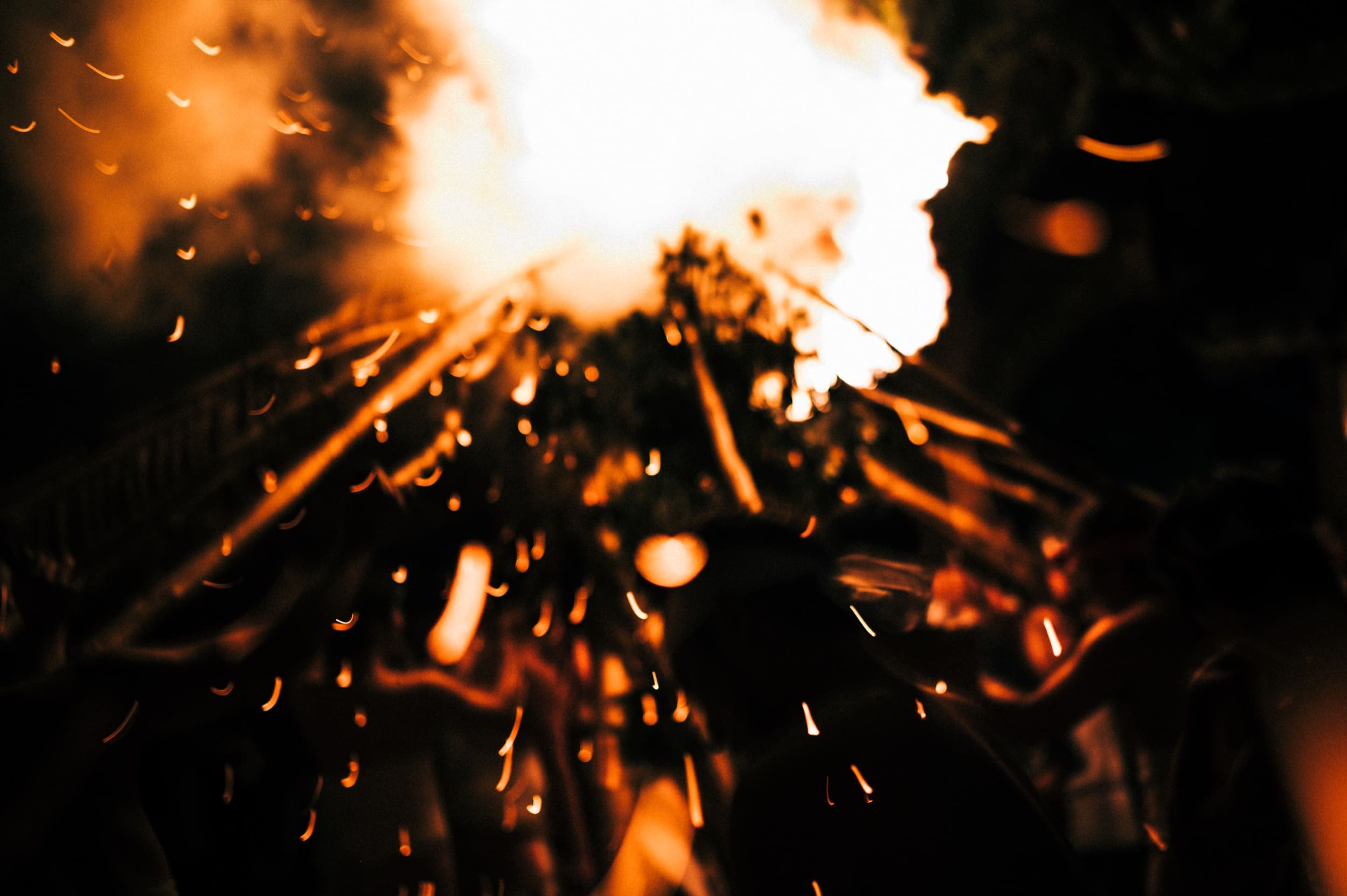
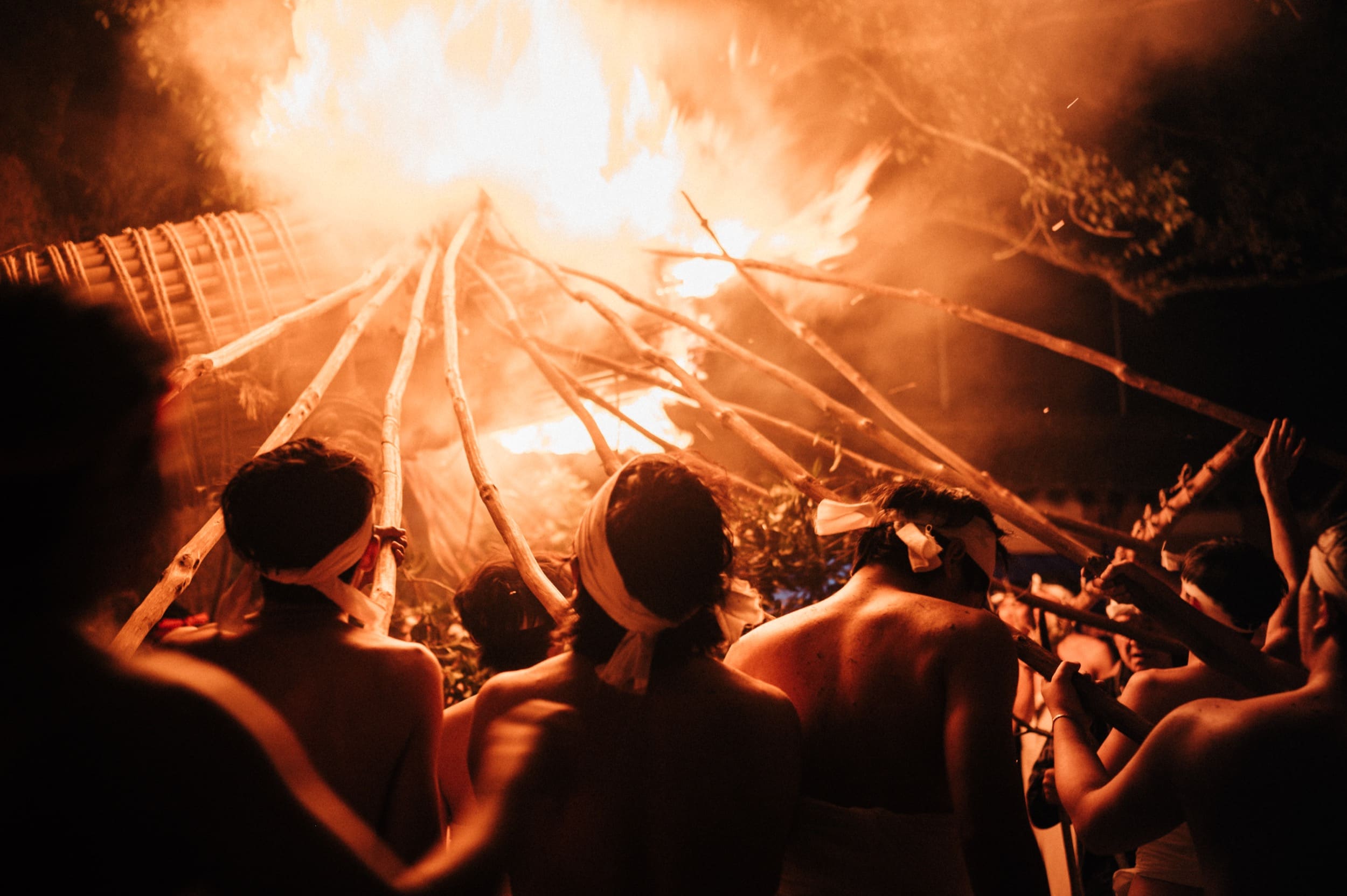
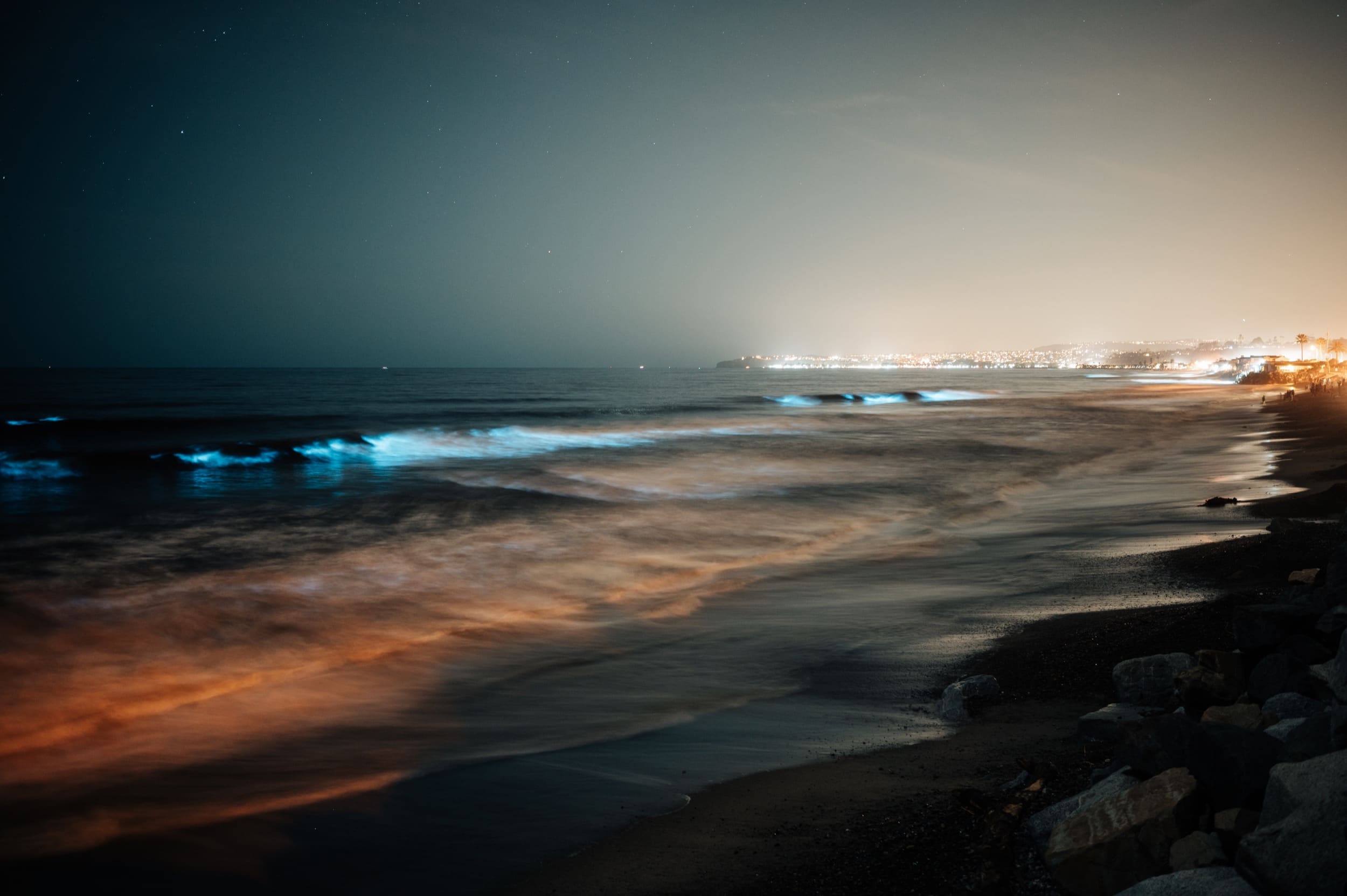
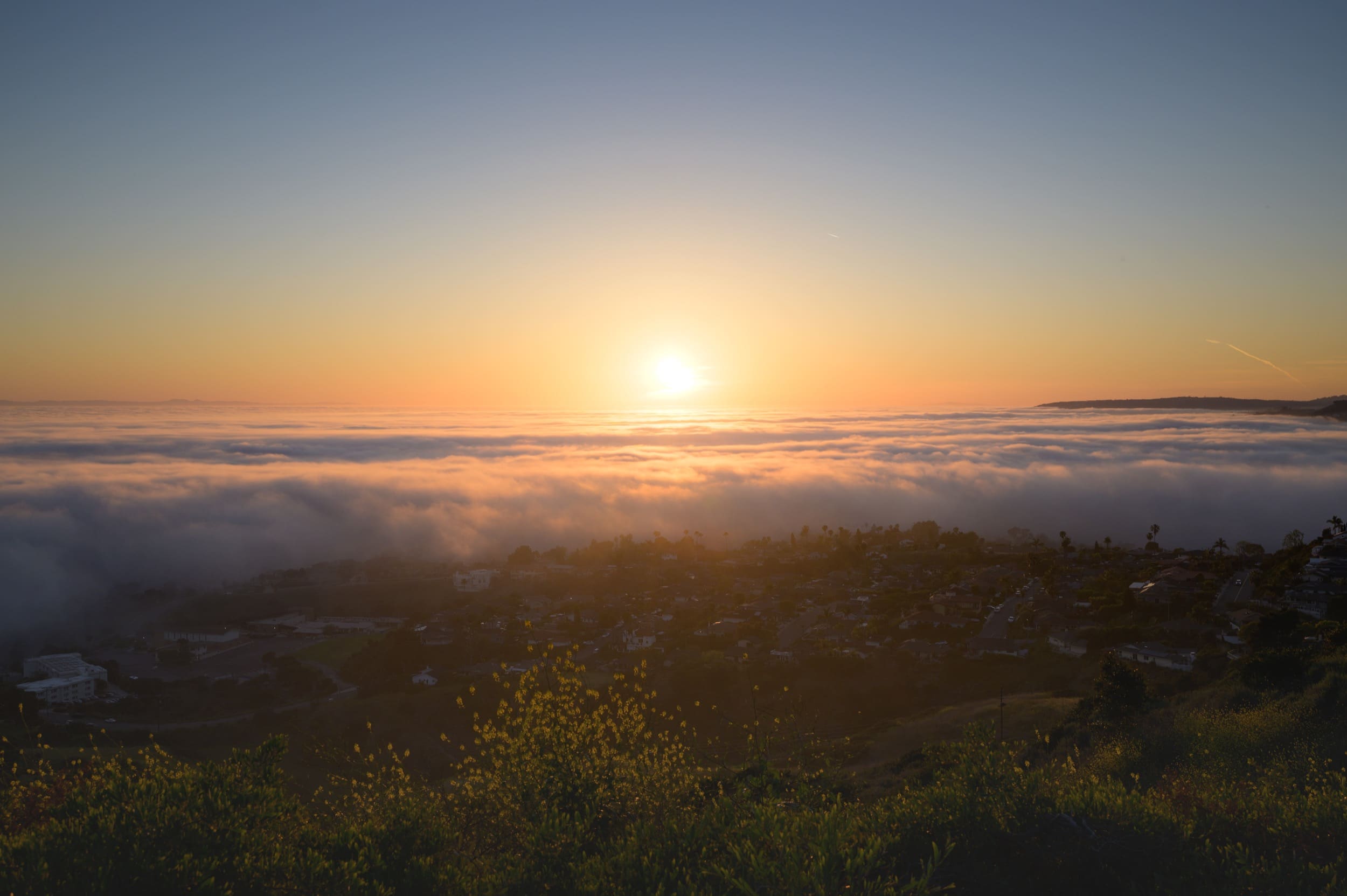
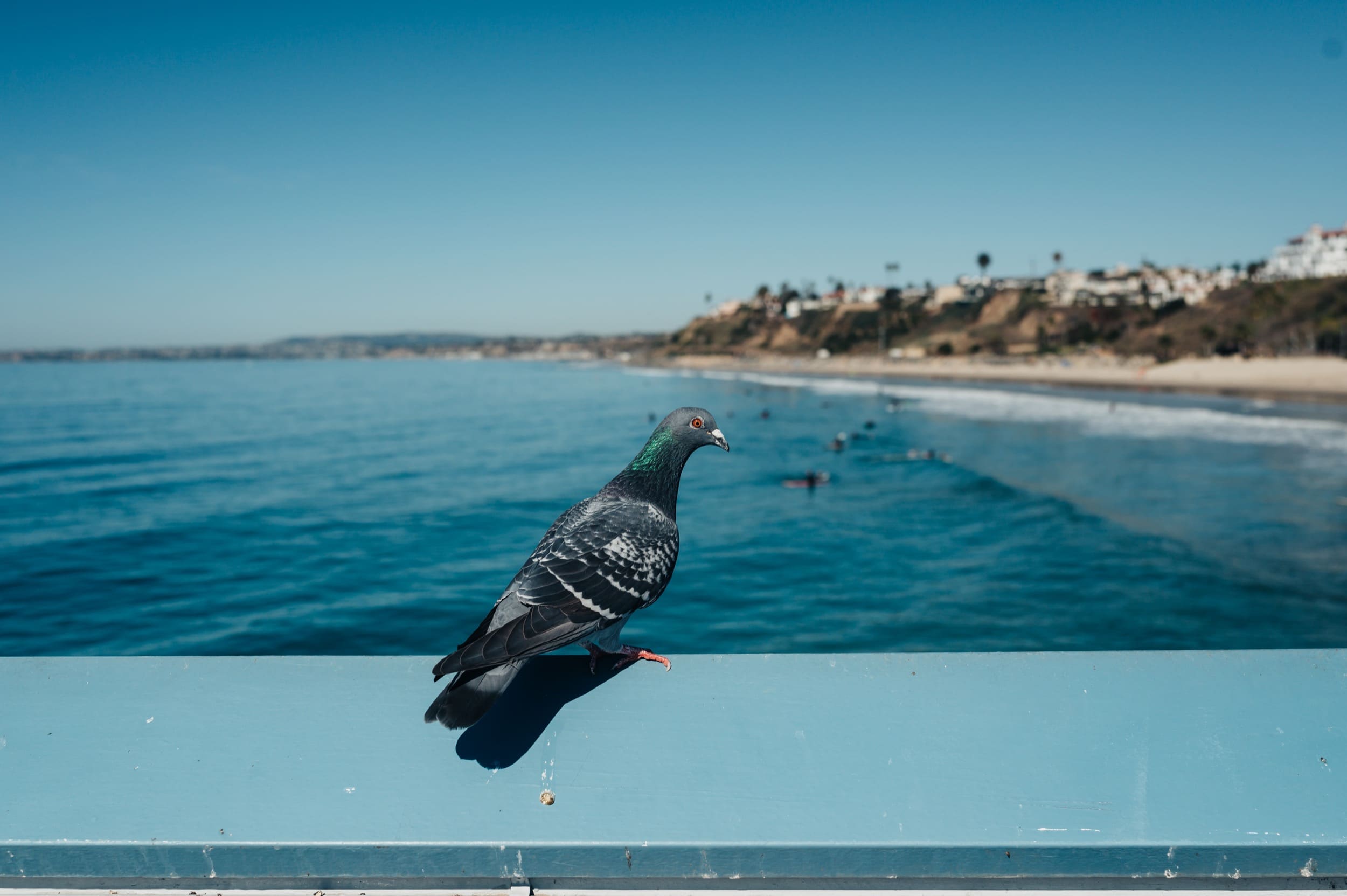
| **This website contains affiliate links. We will earn a small commission on purchases made through these links. Some of the links used in these articles will direct you to Amazon. As an Amazon Associate, I earn from qualifying purchases. |

